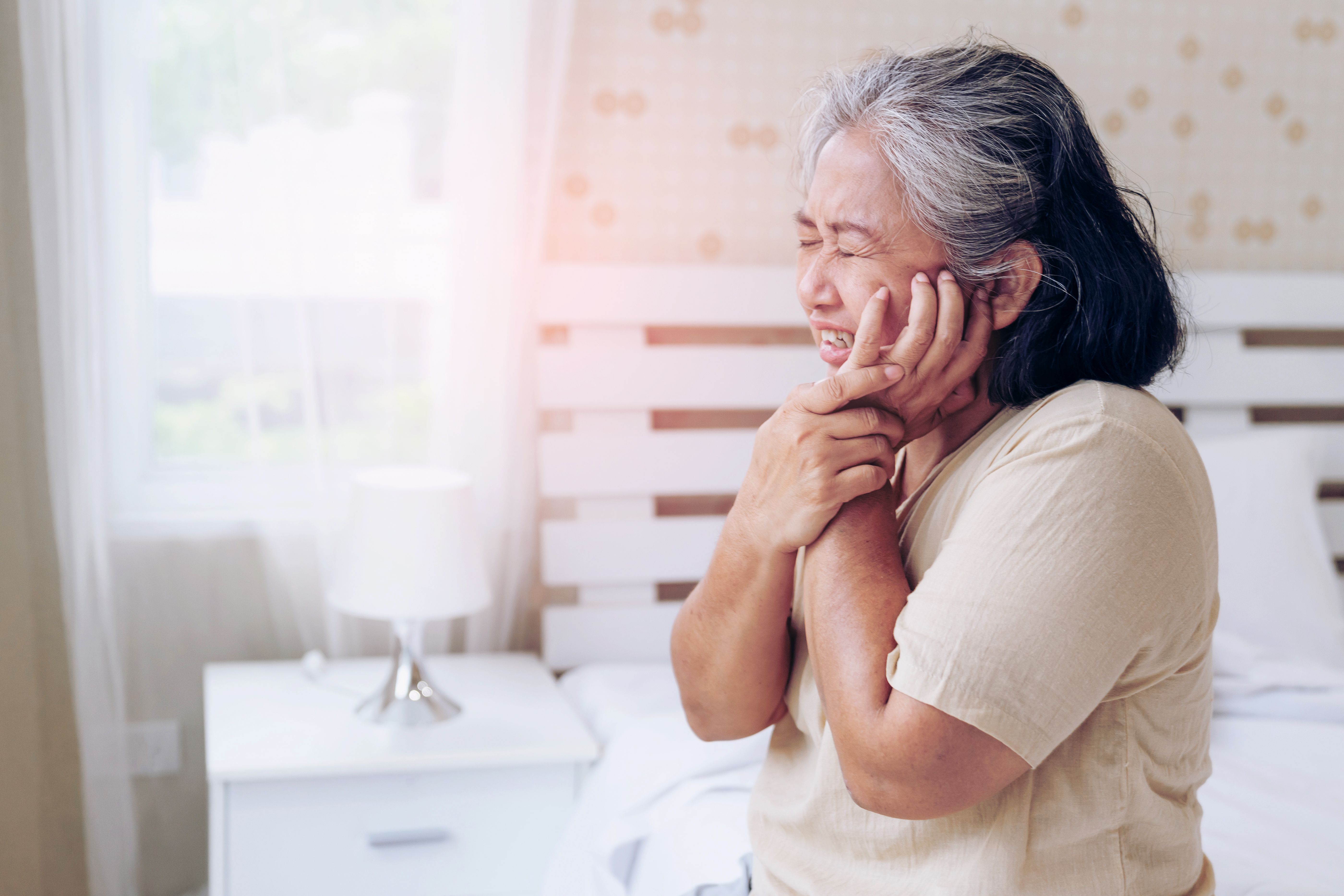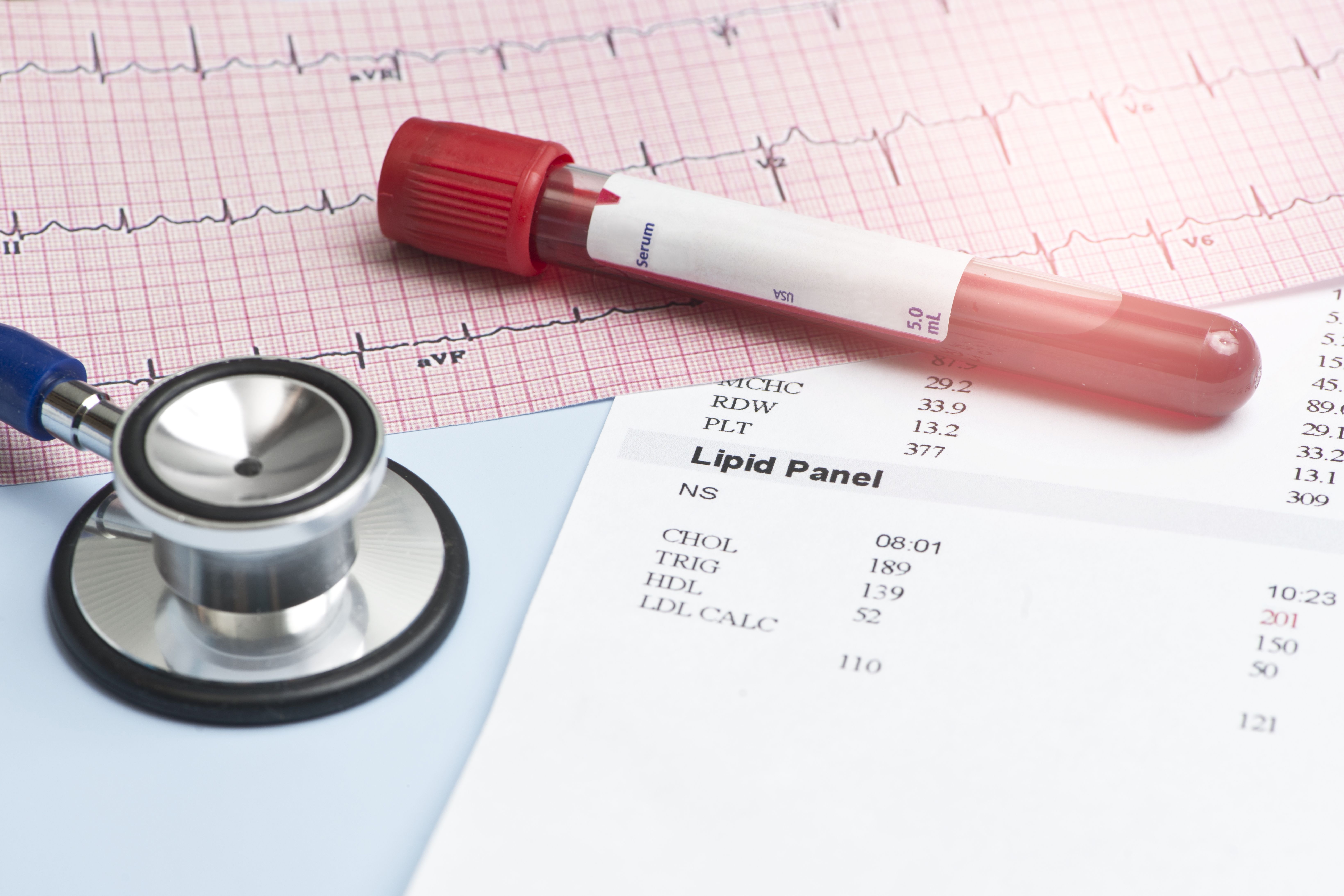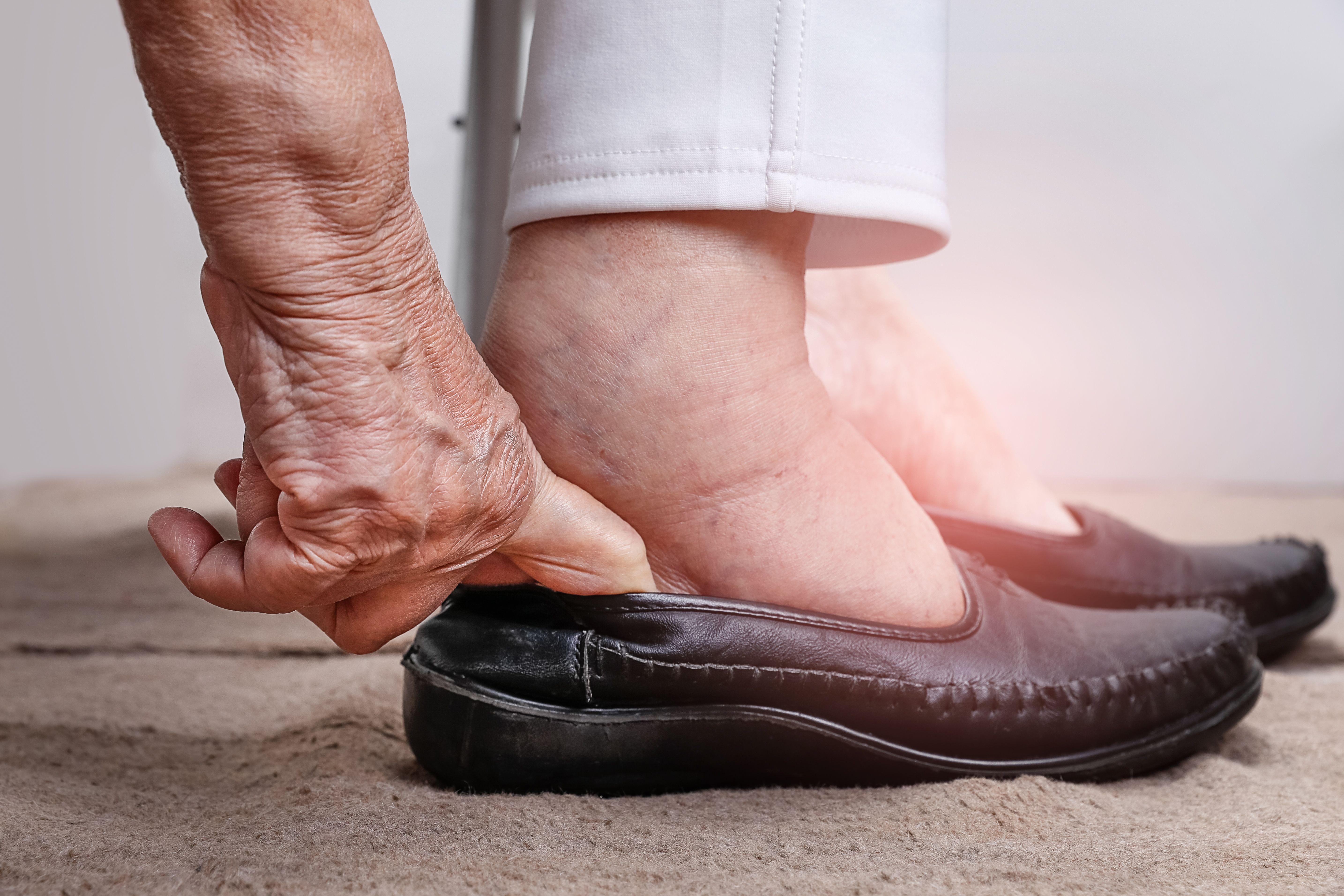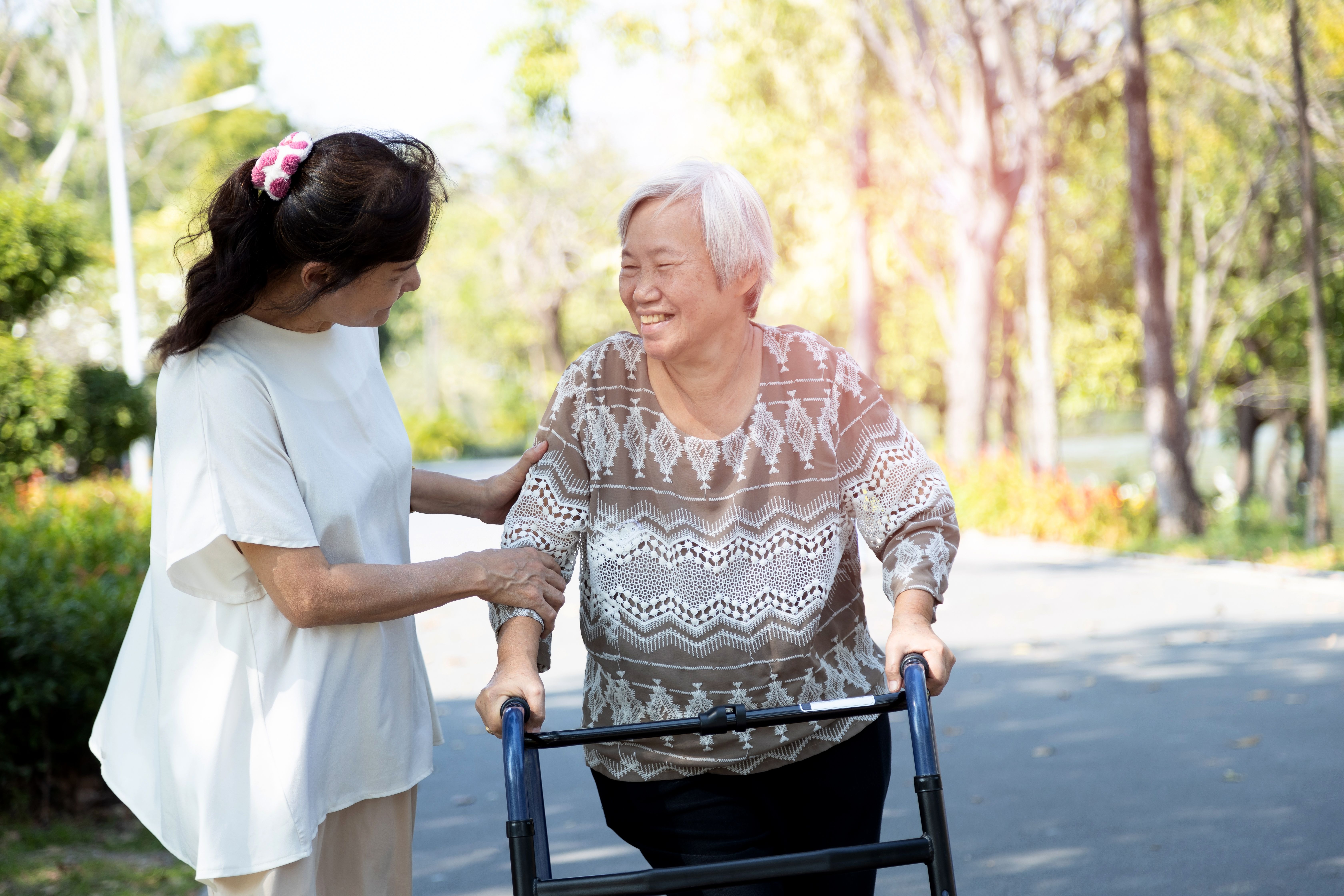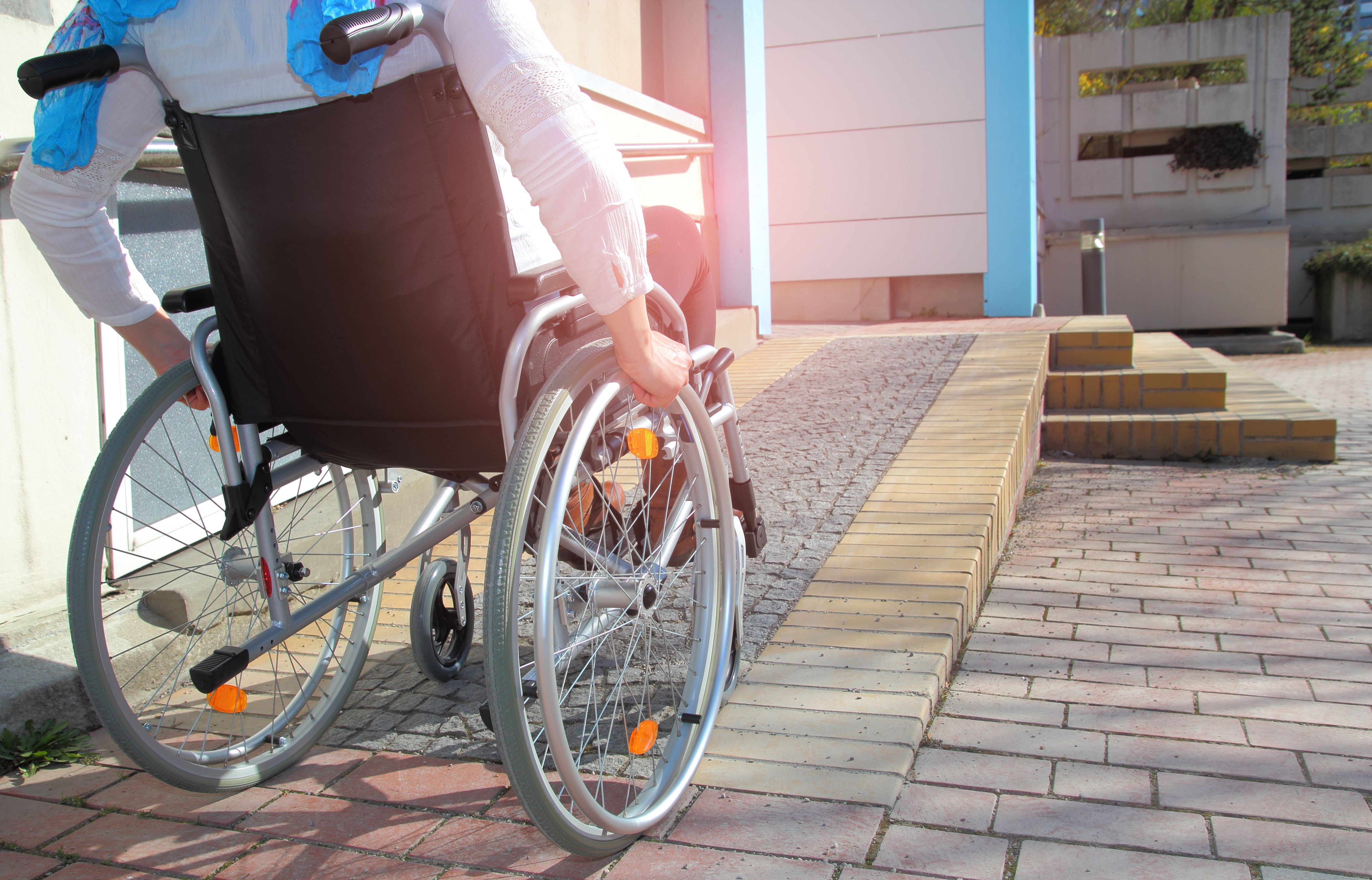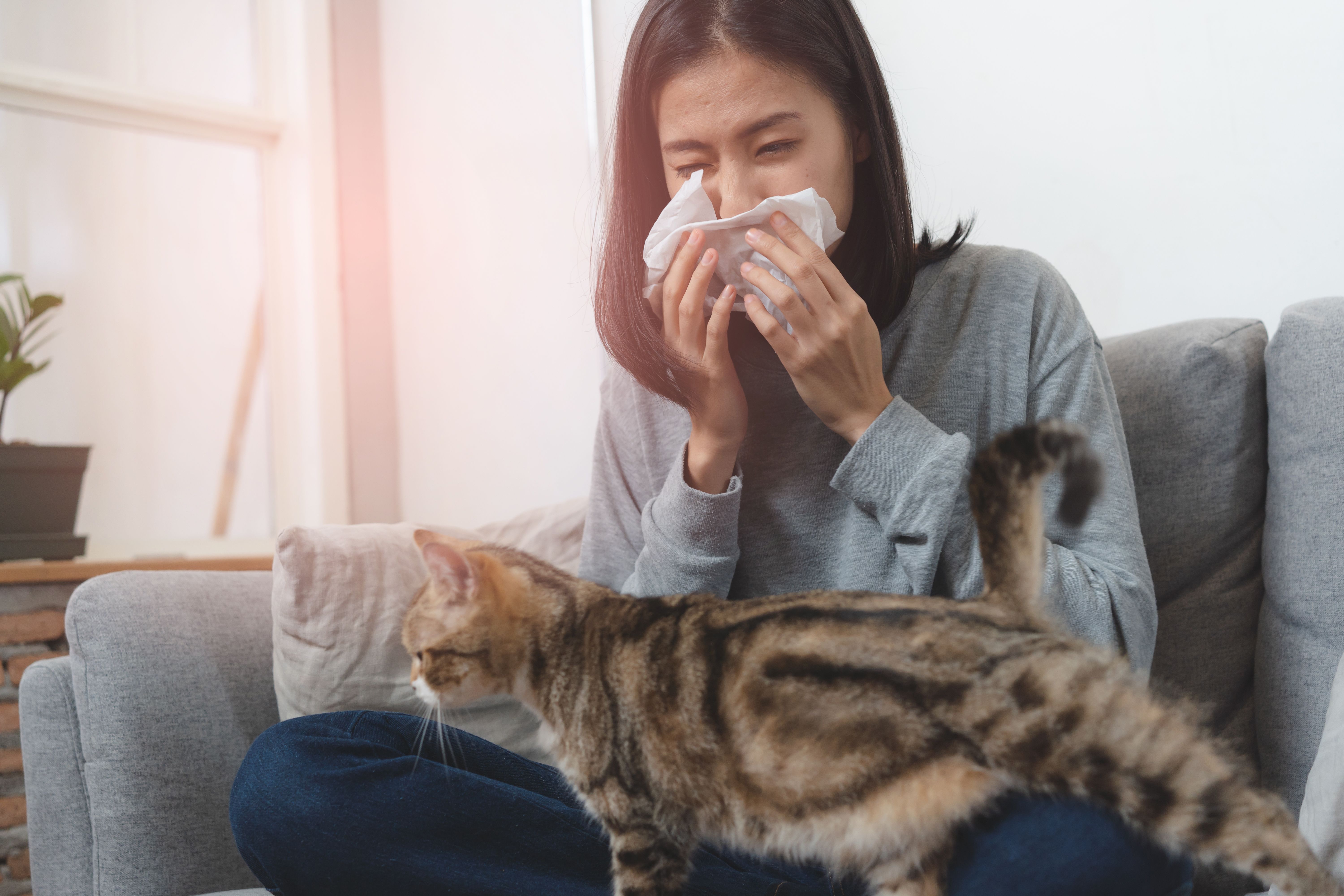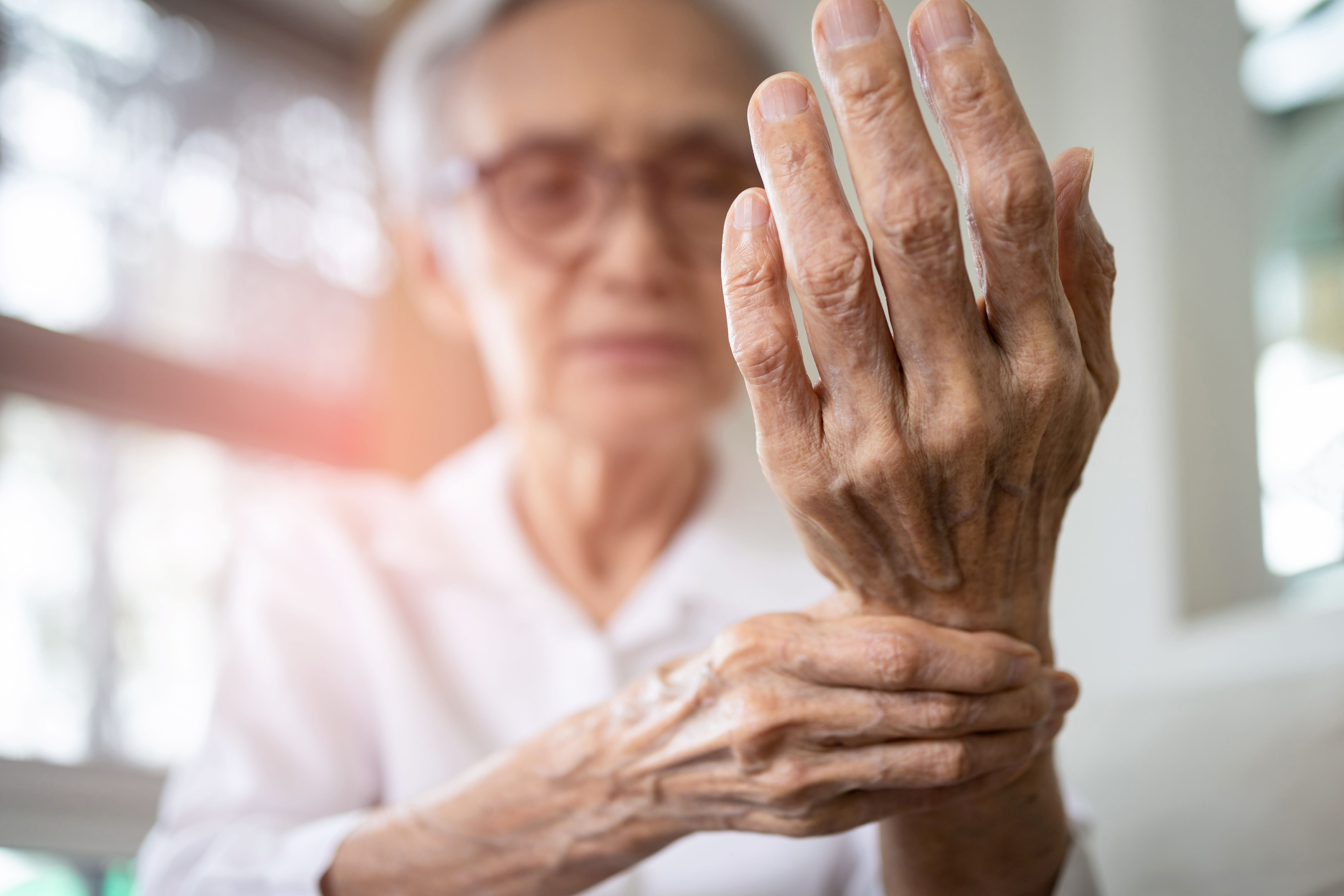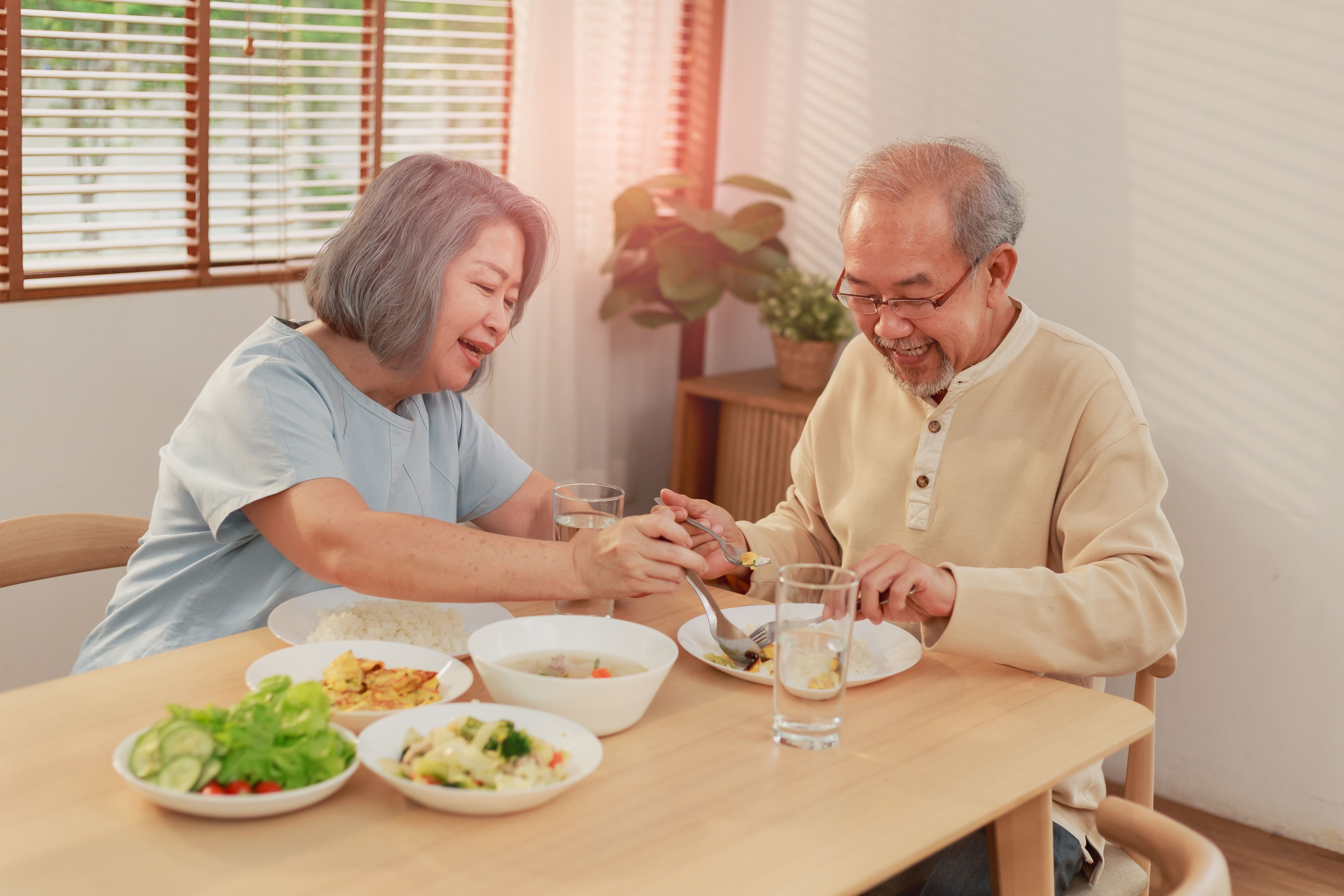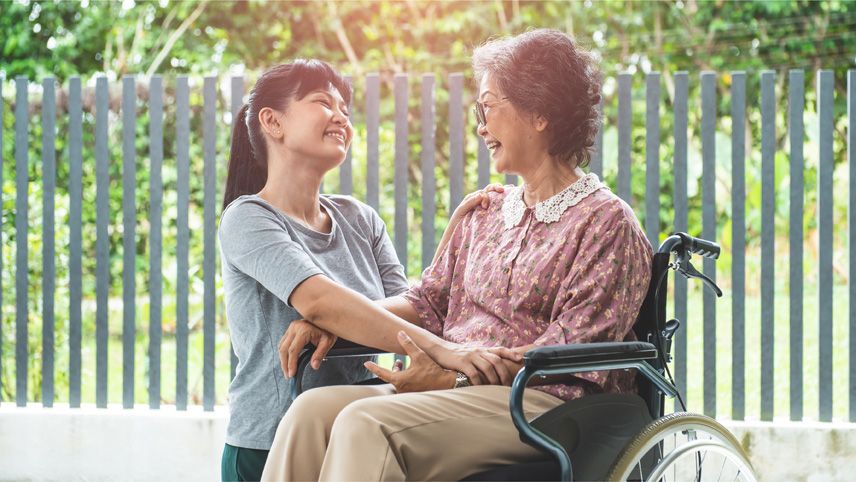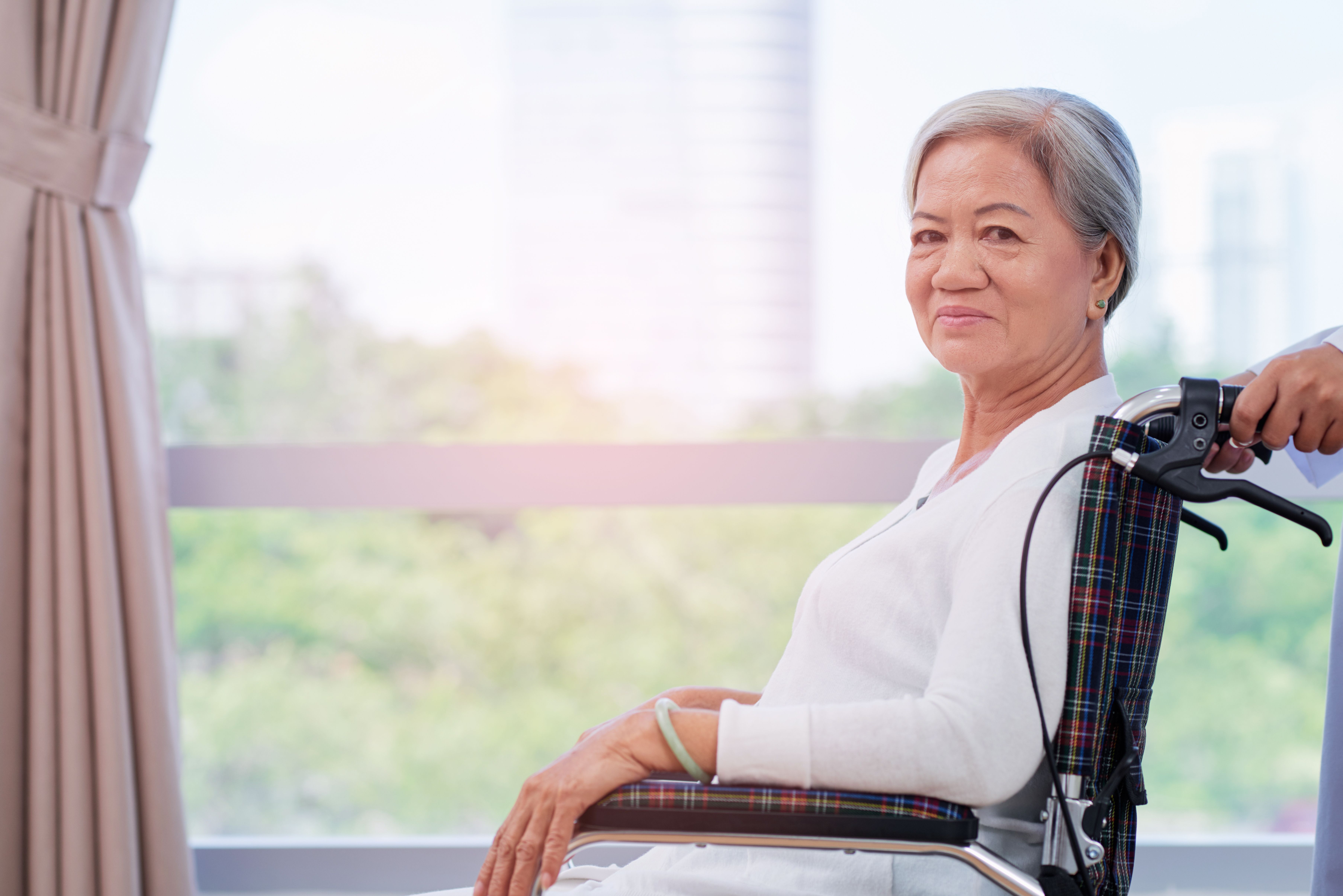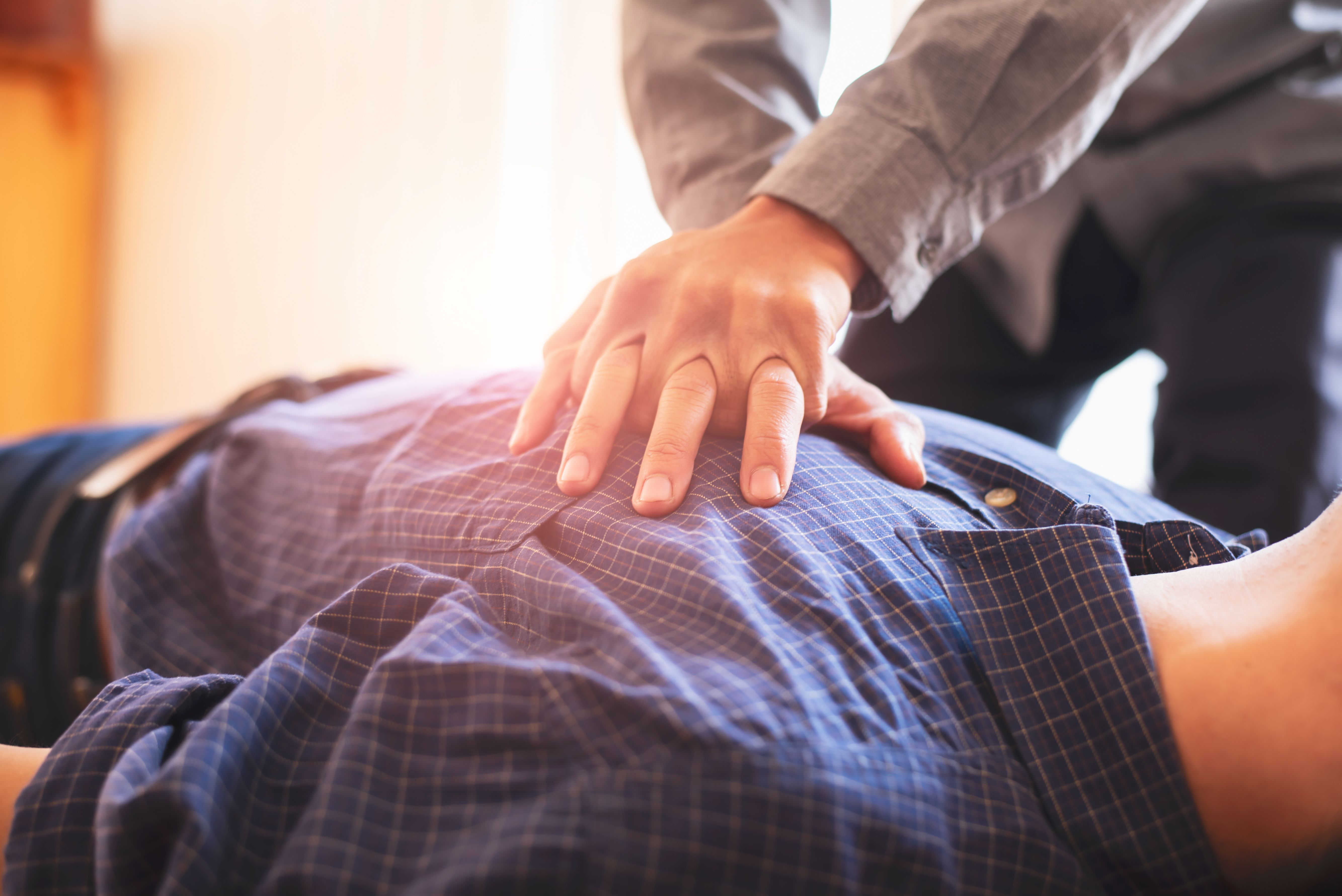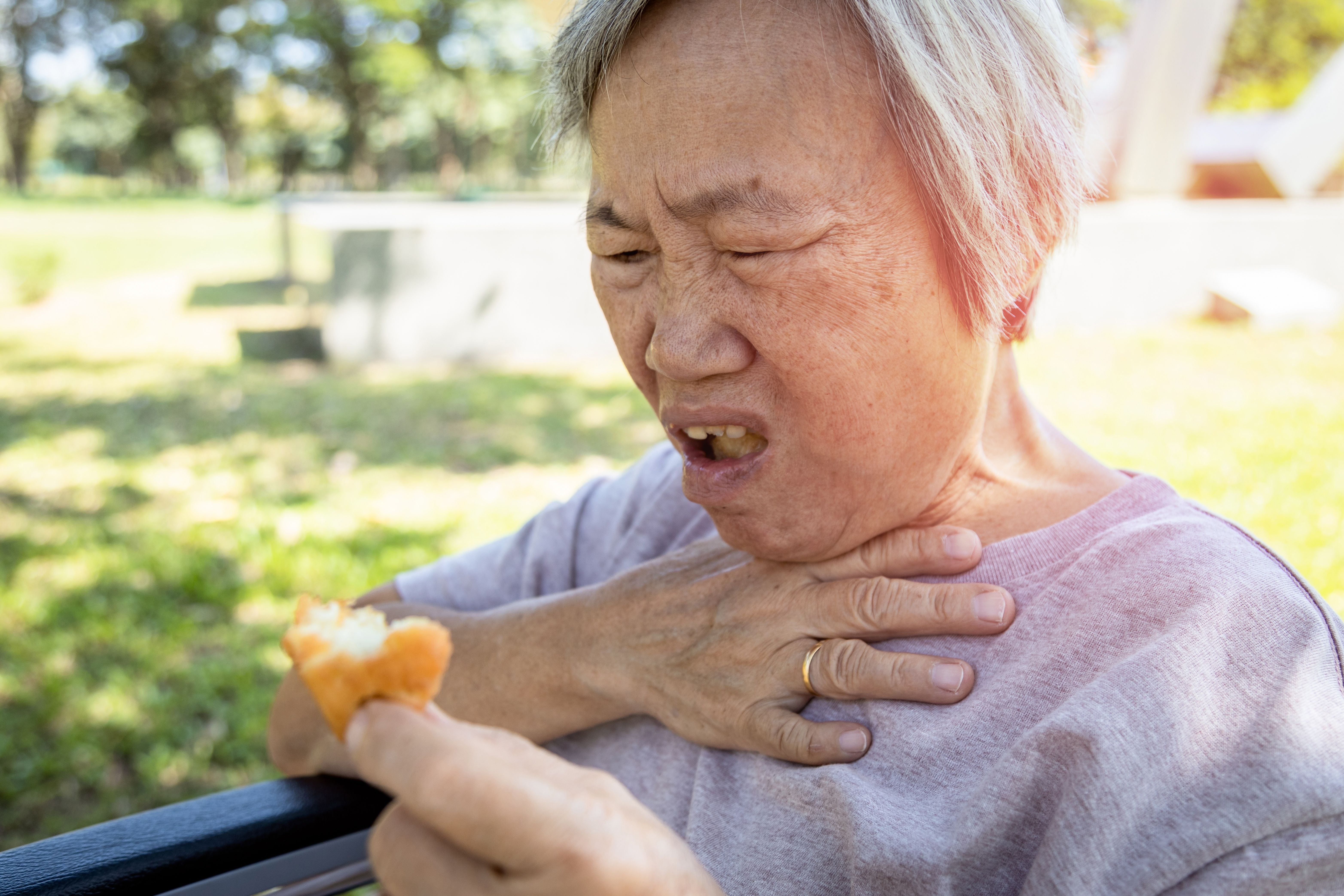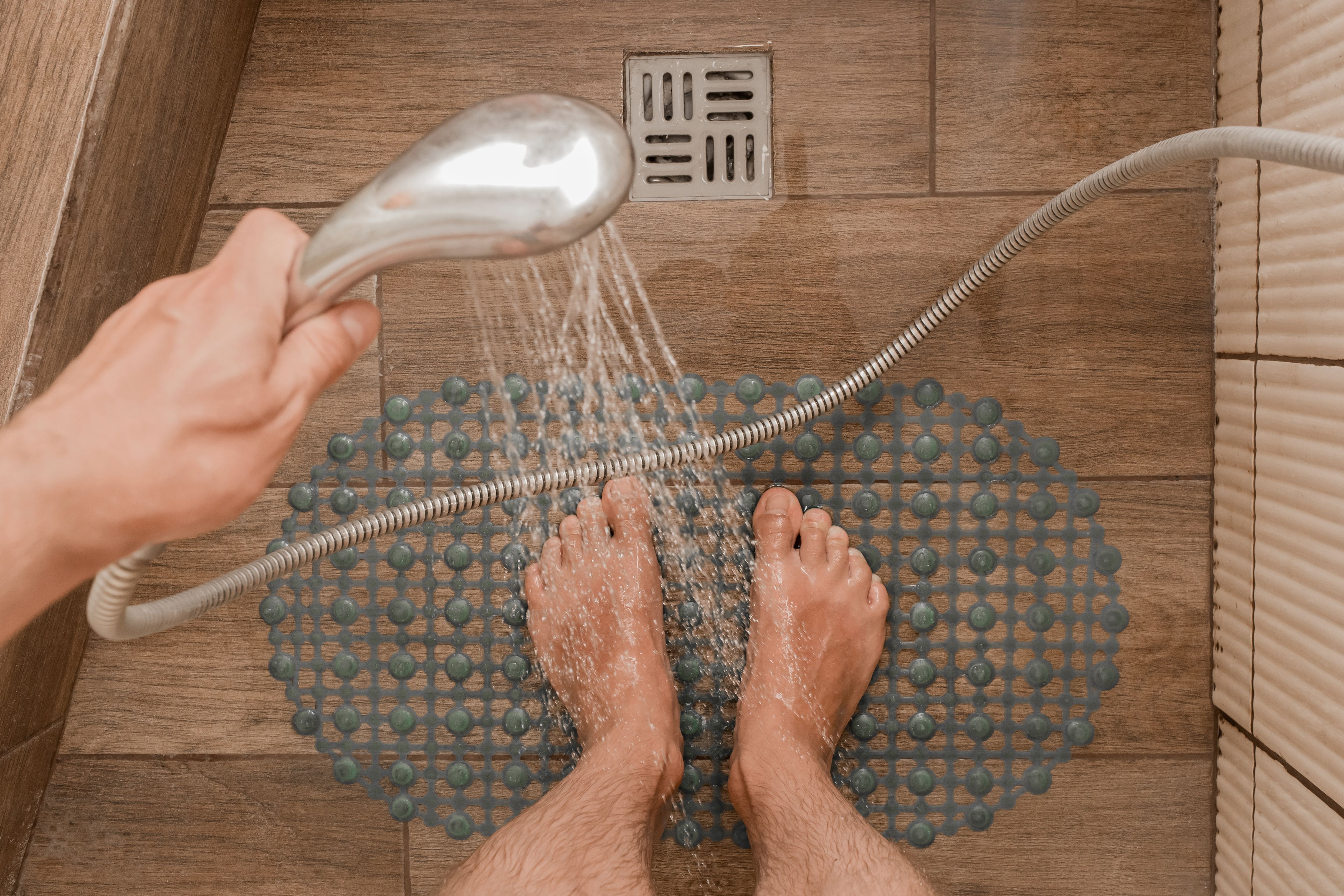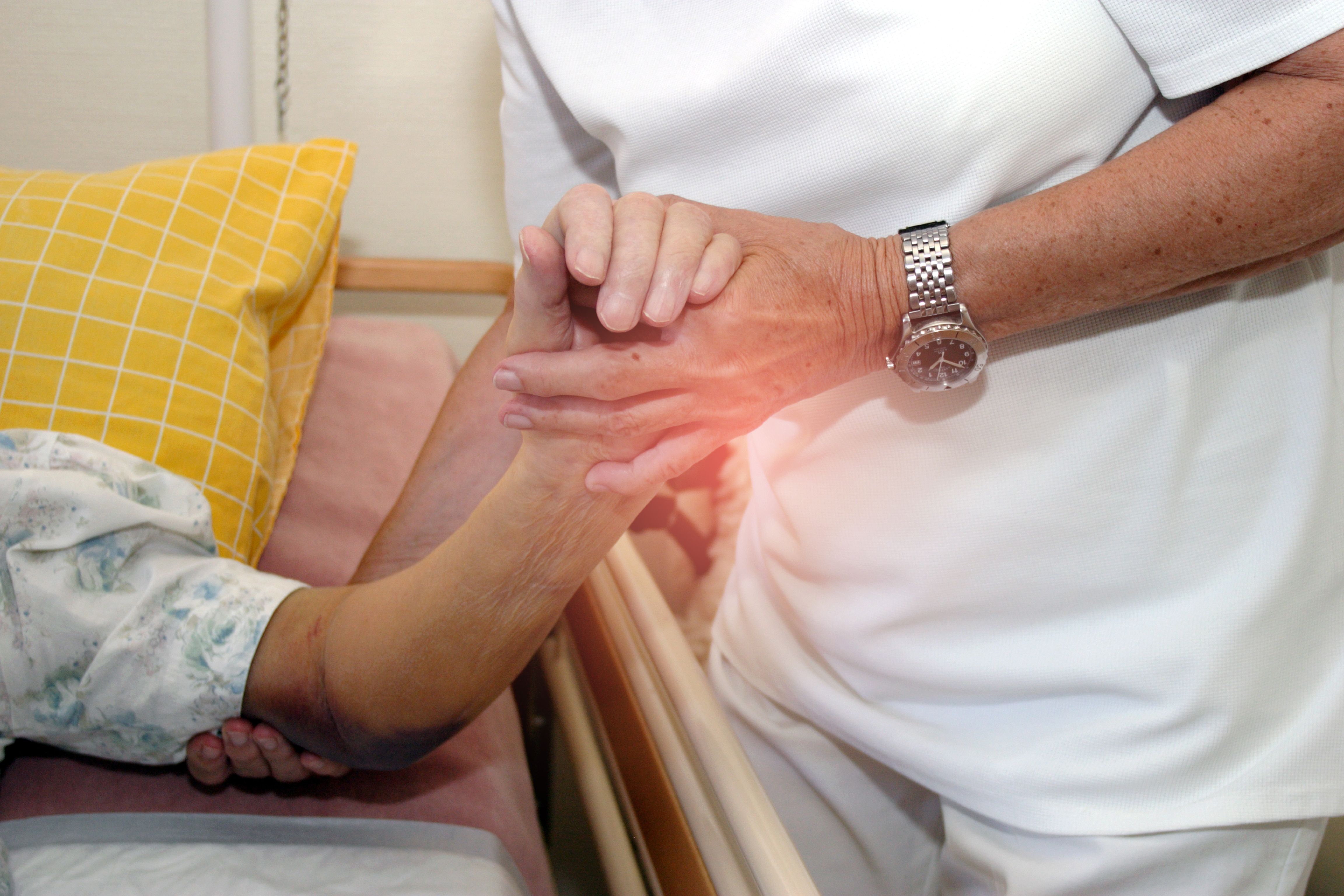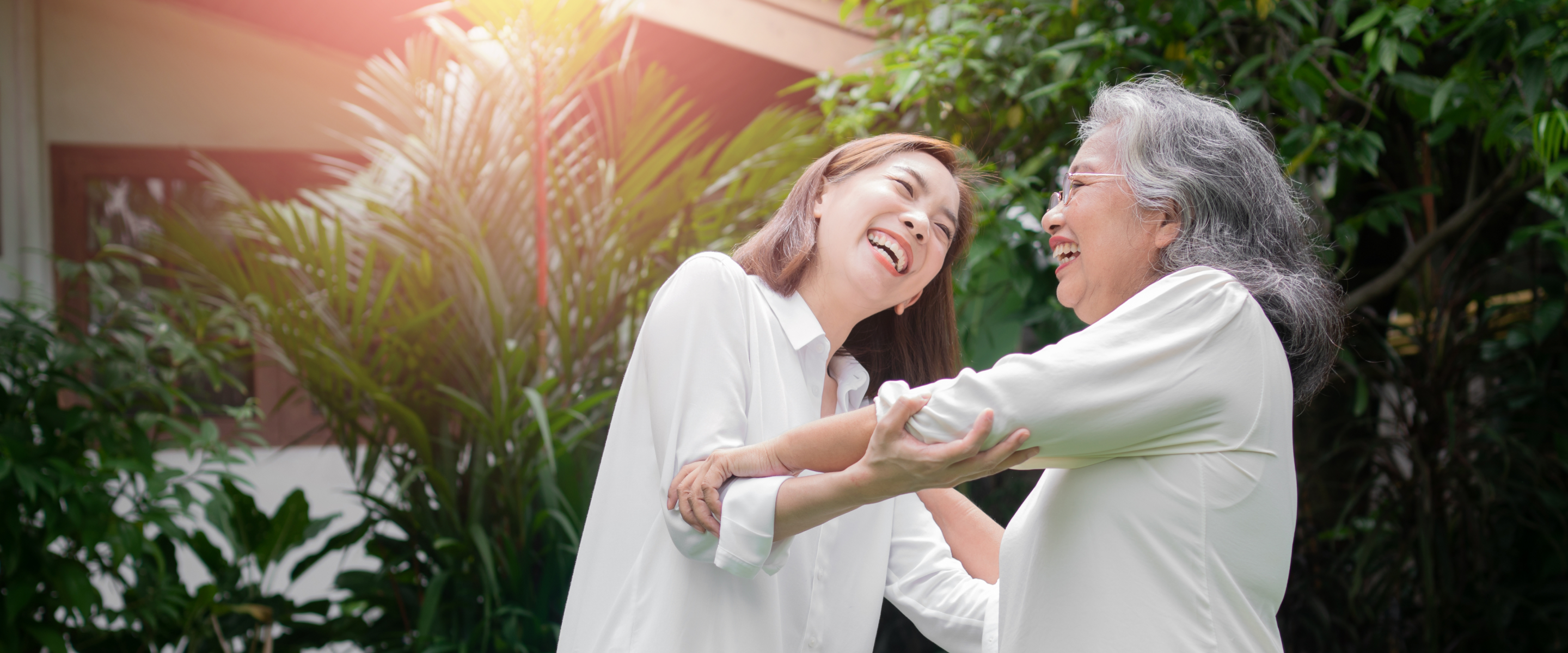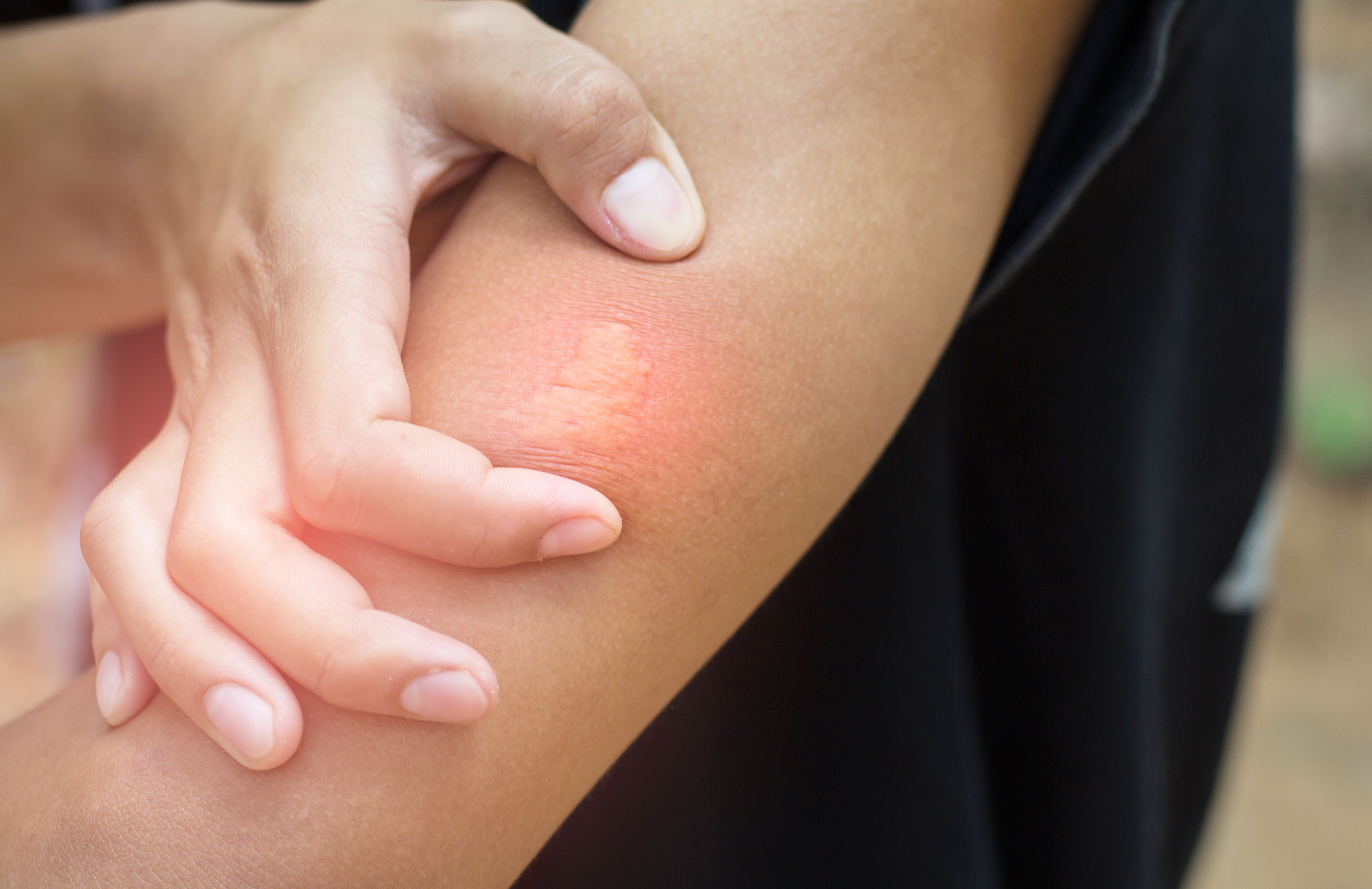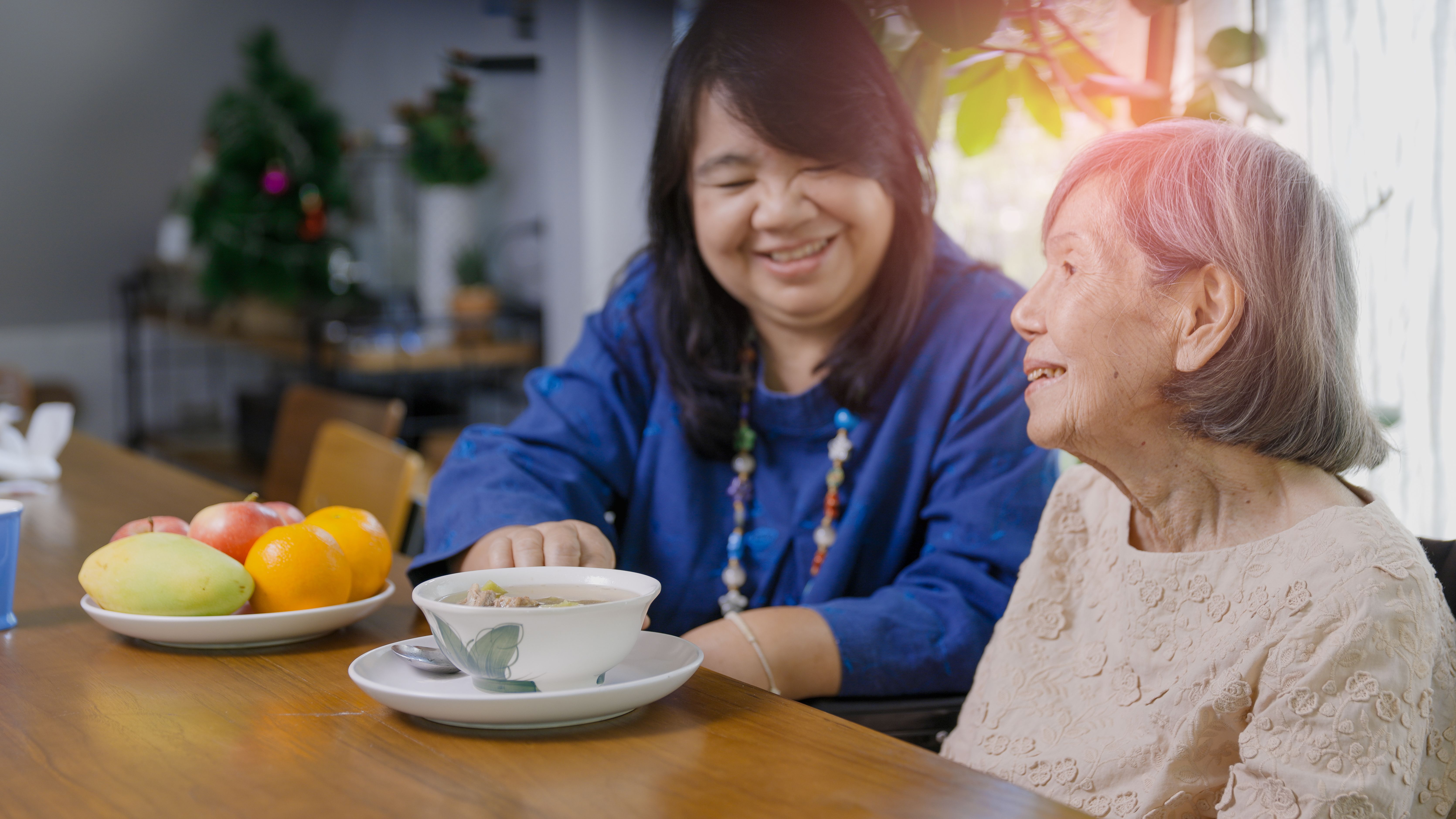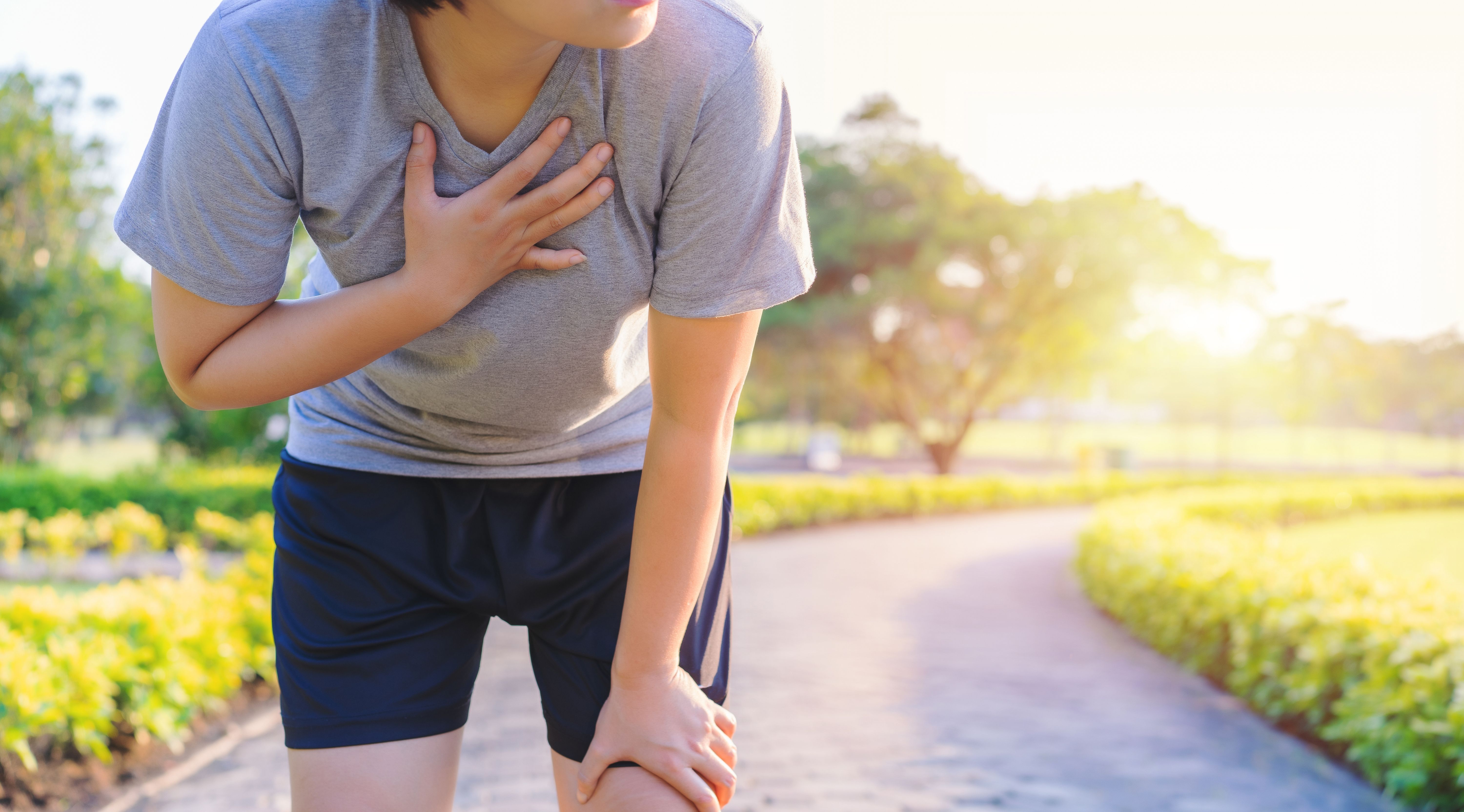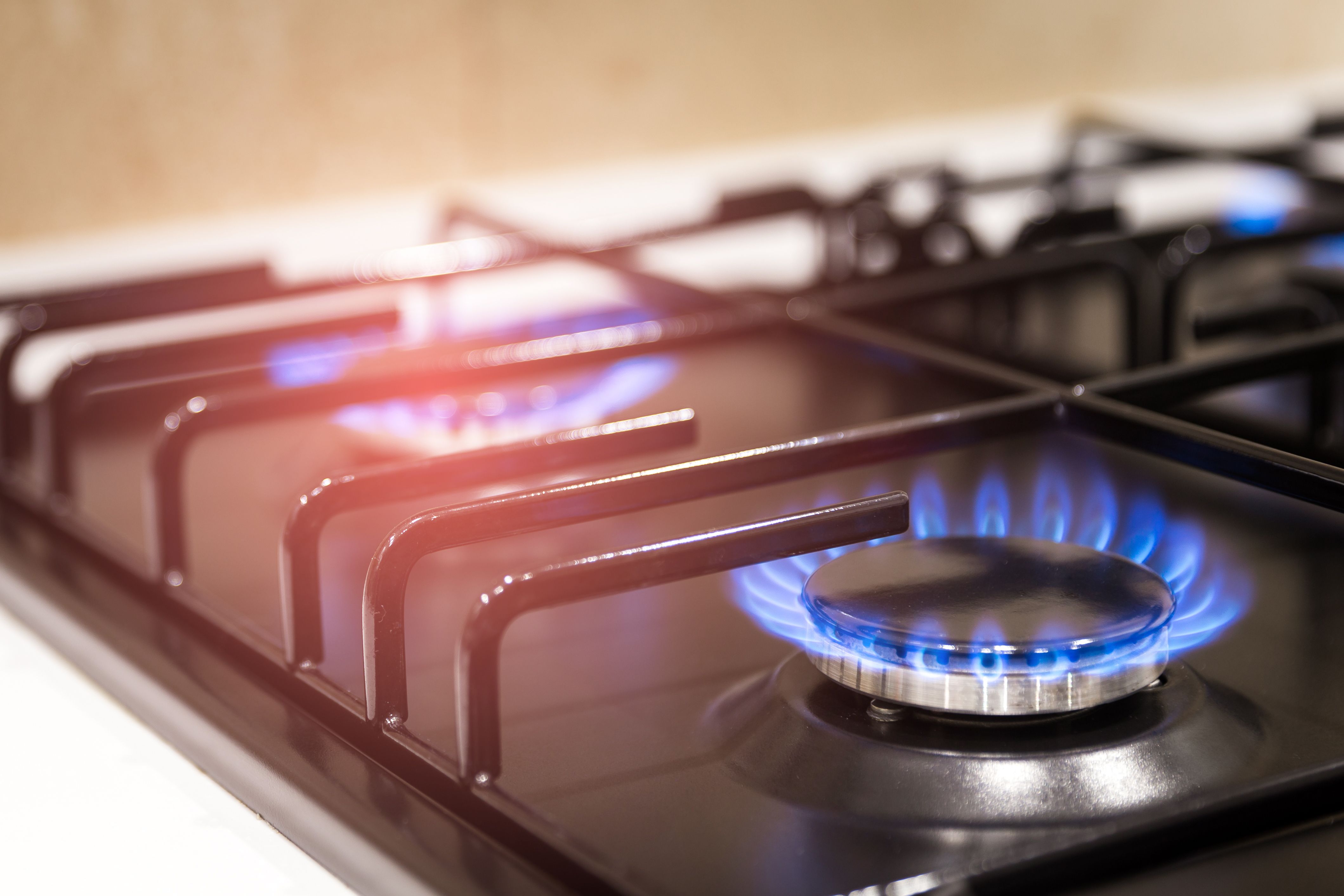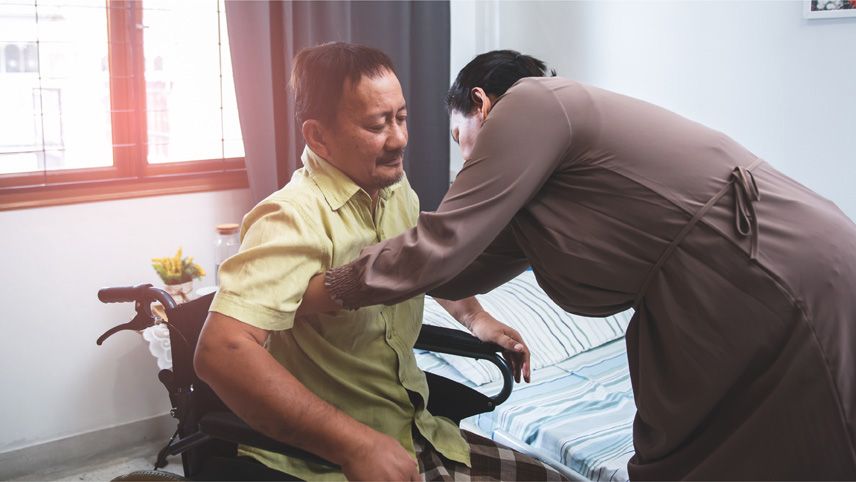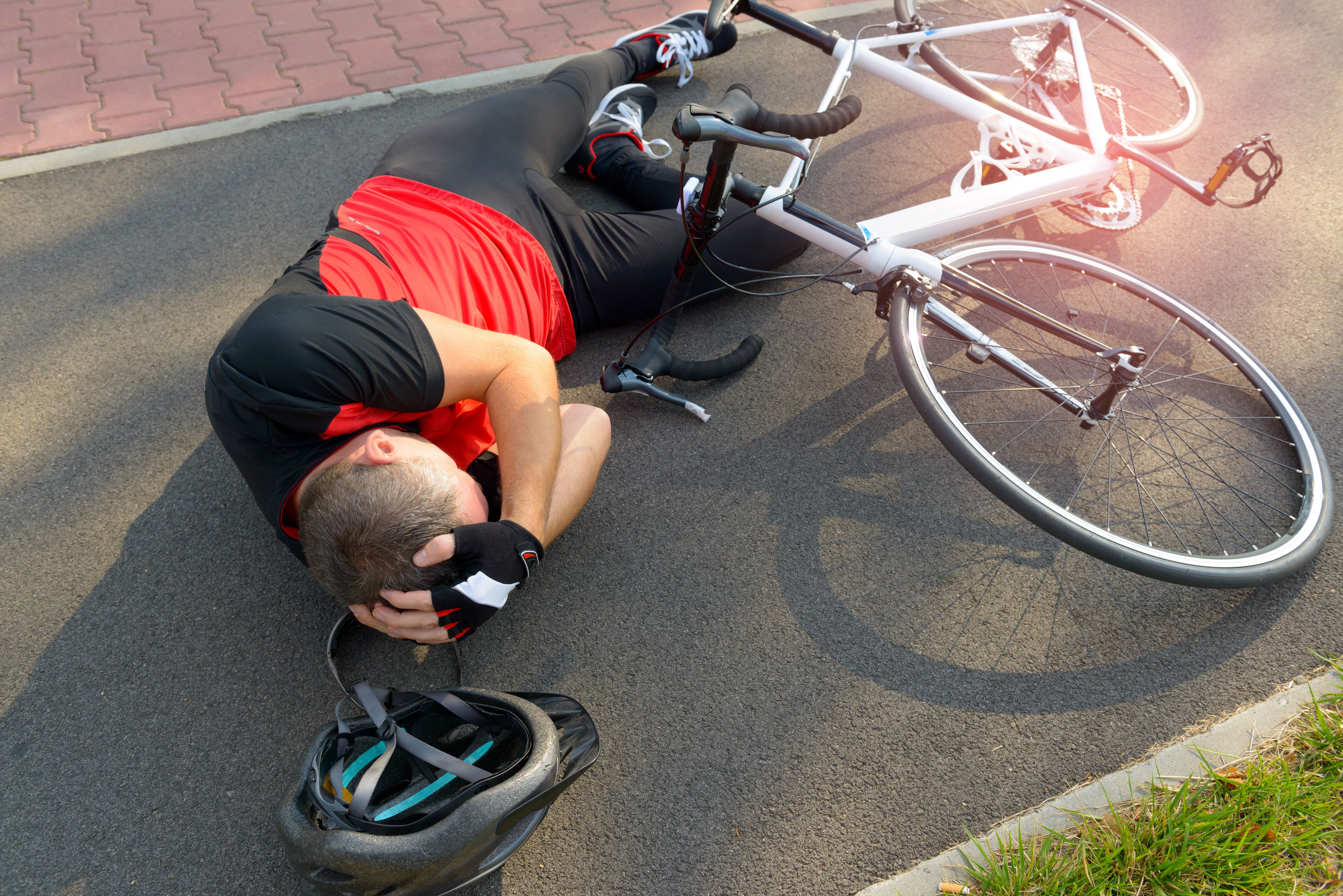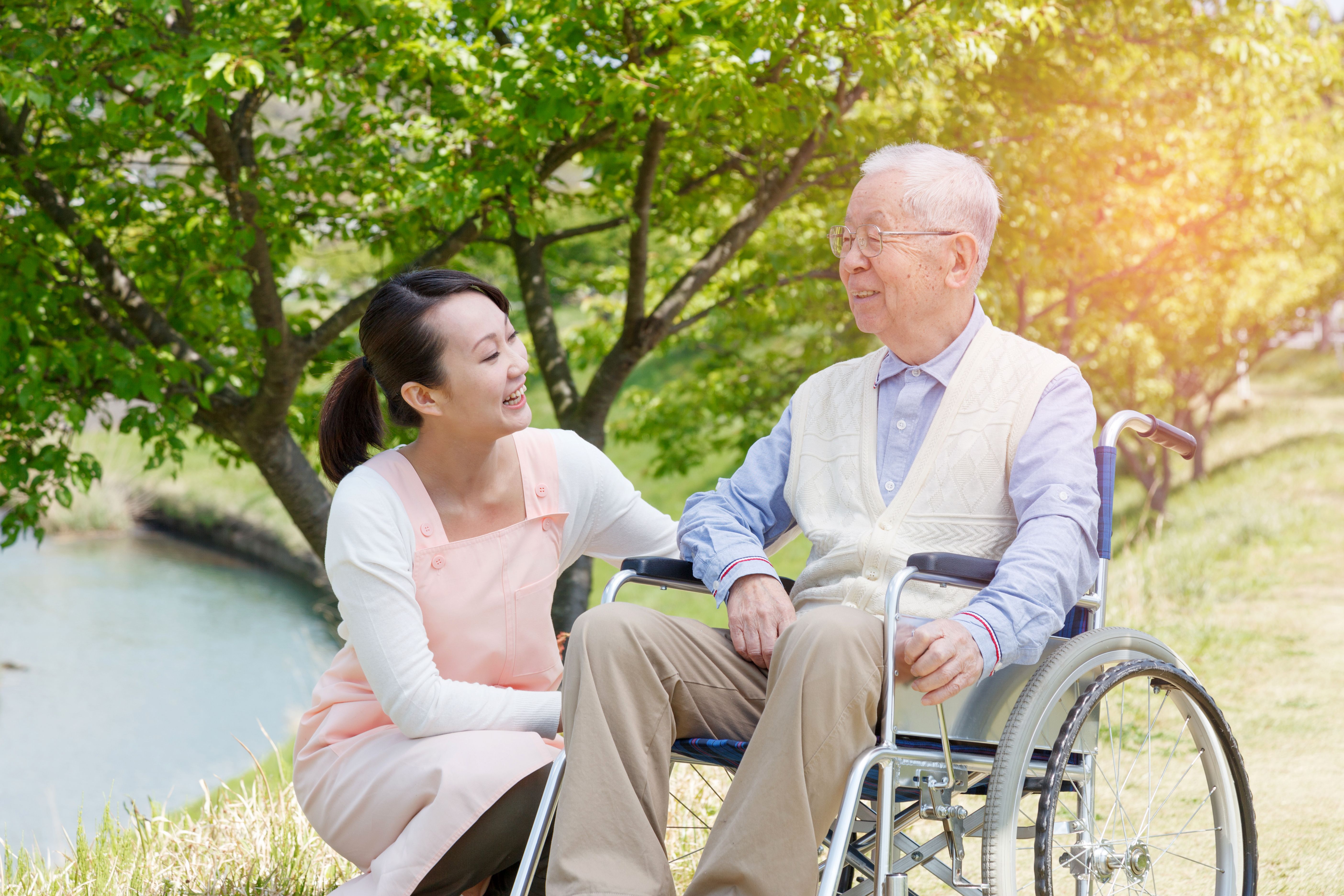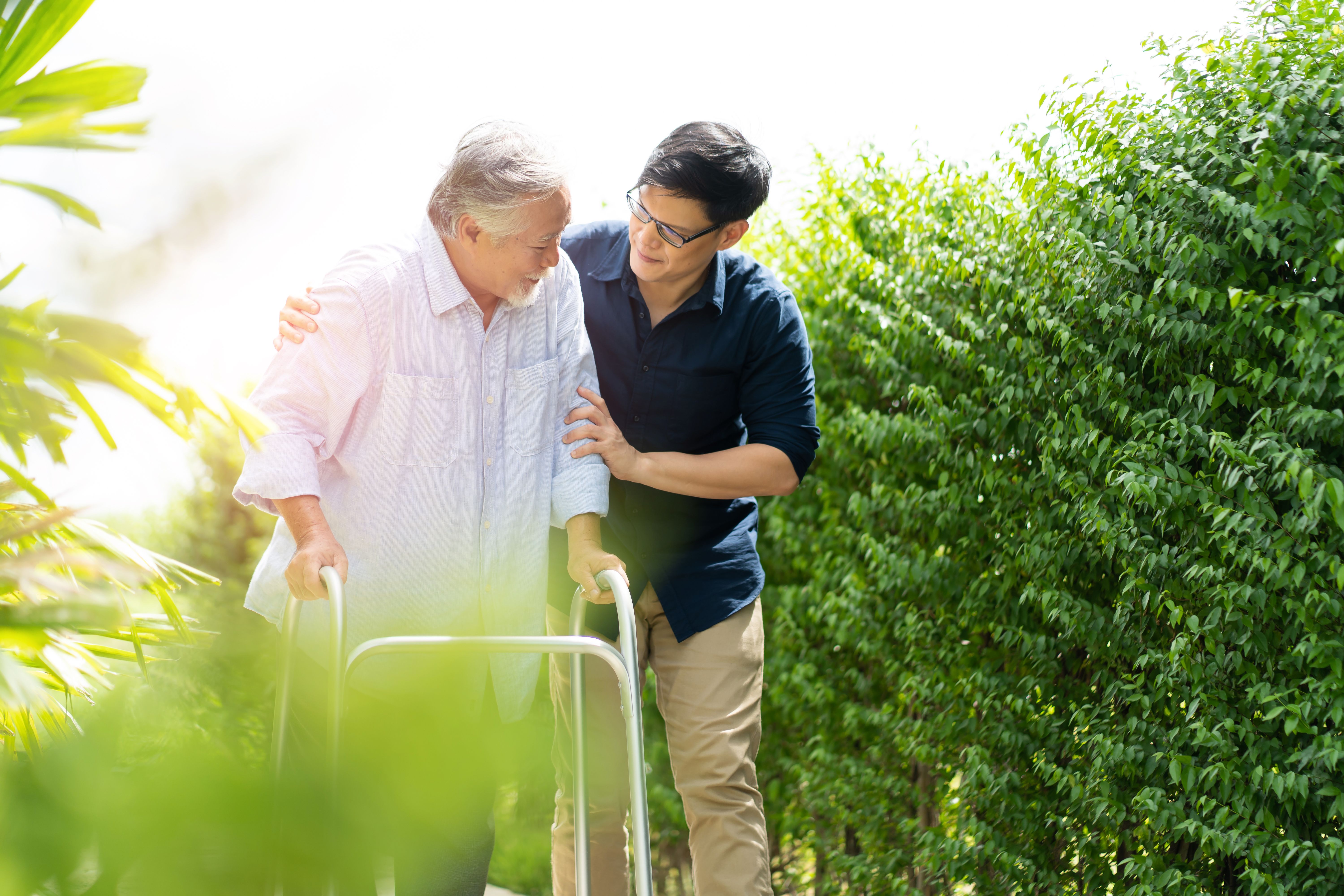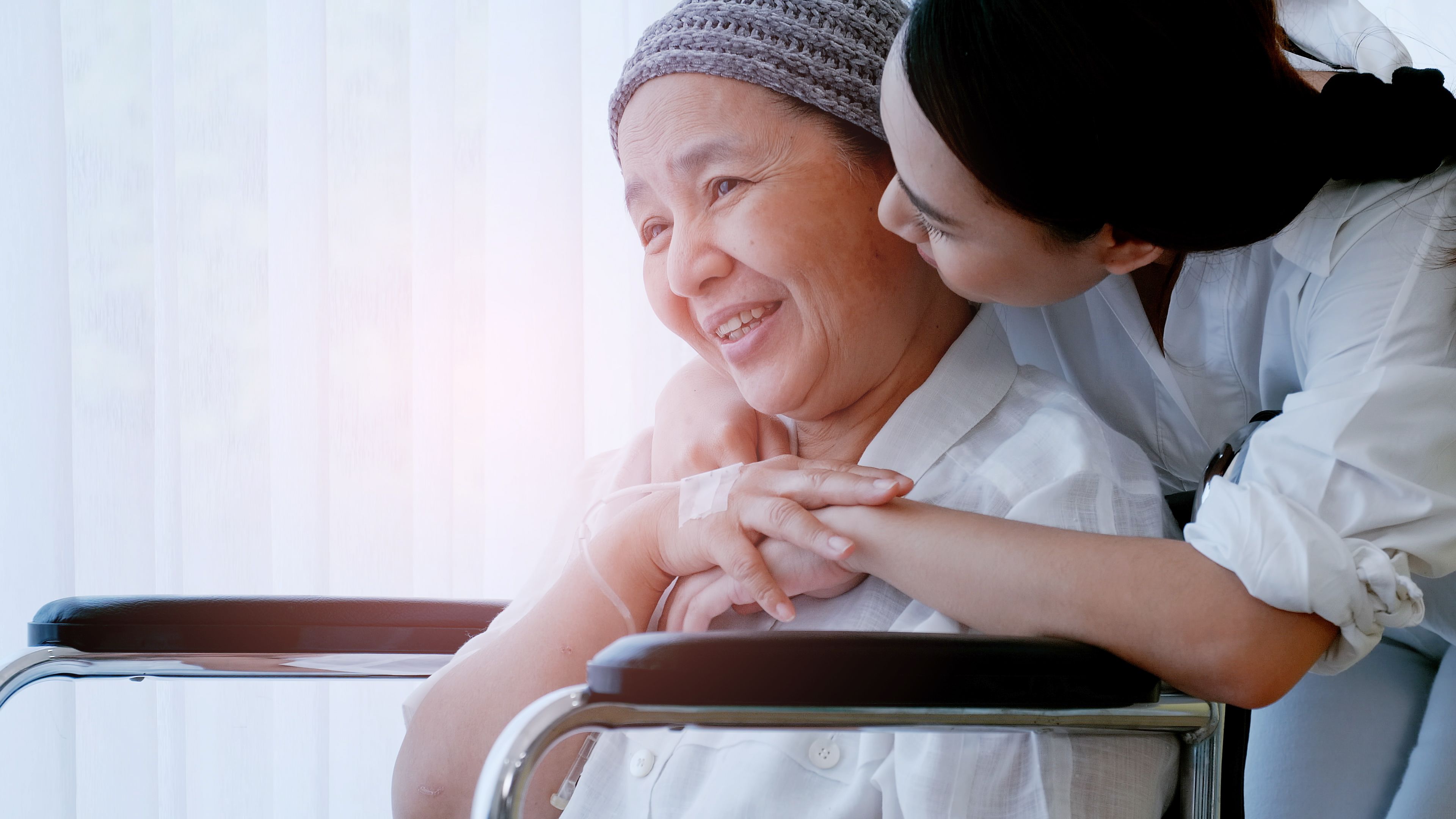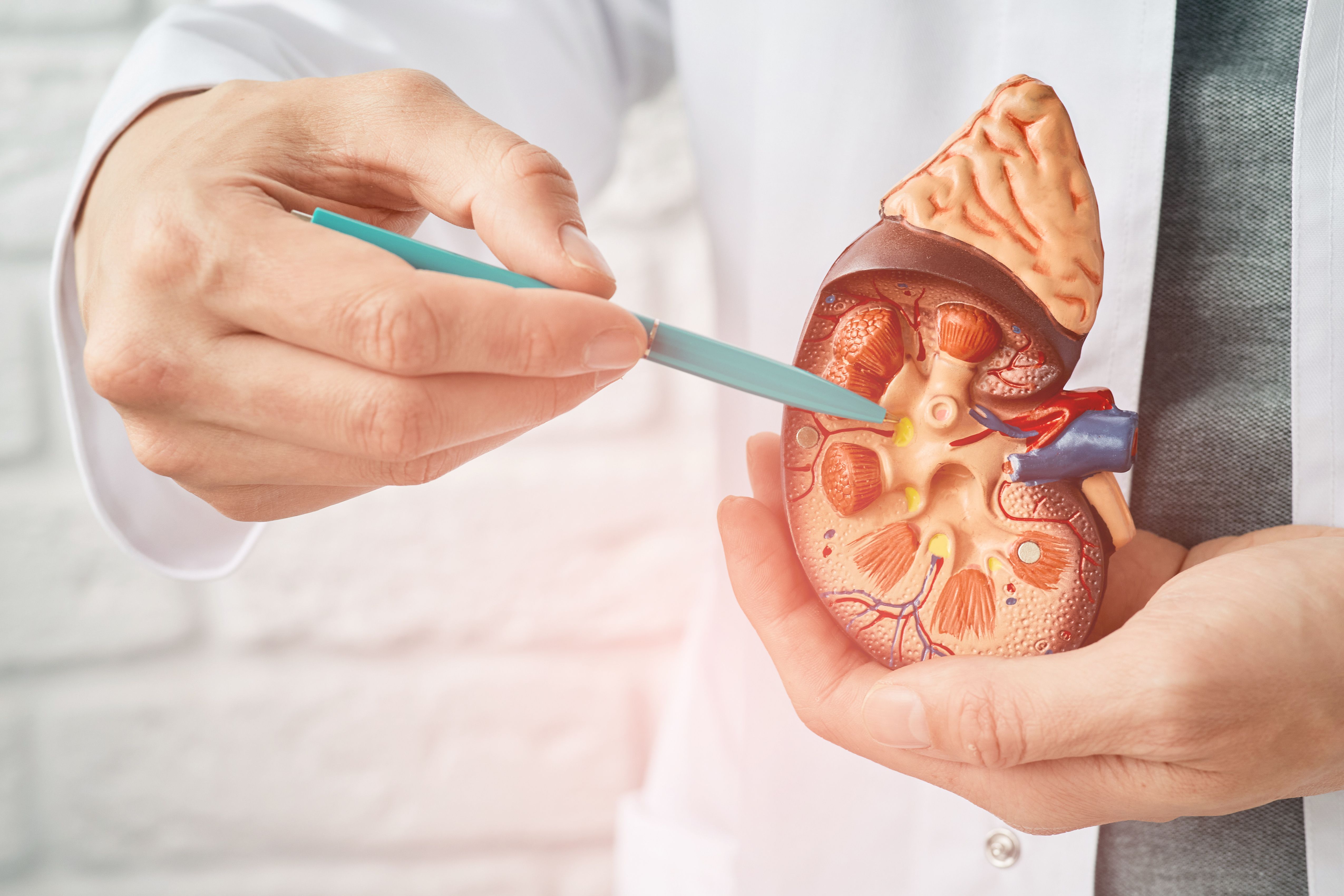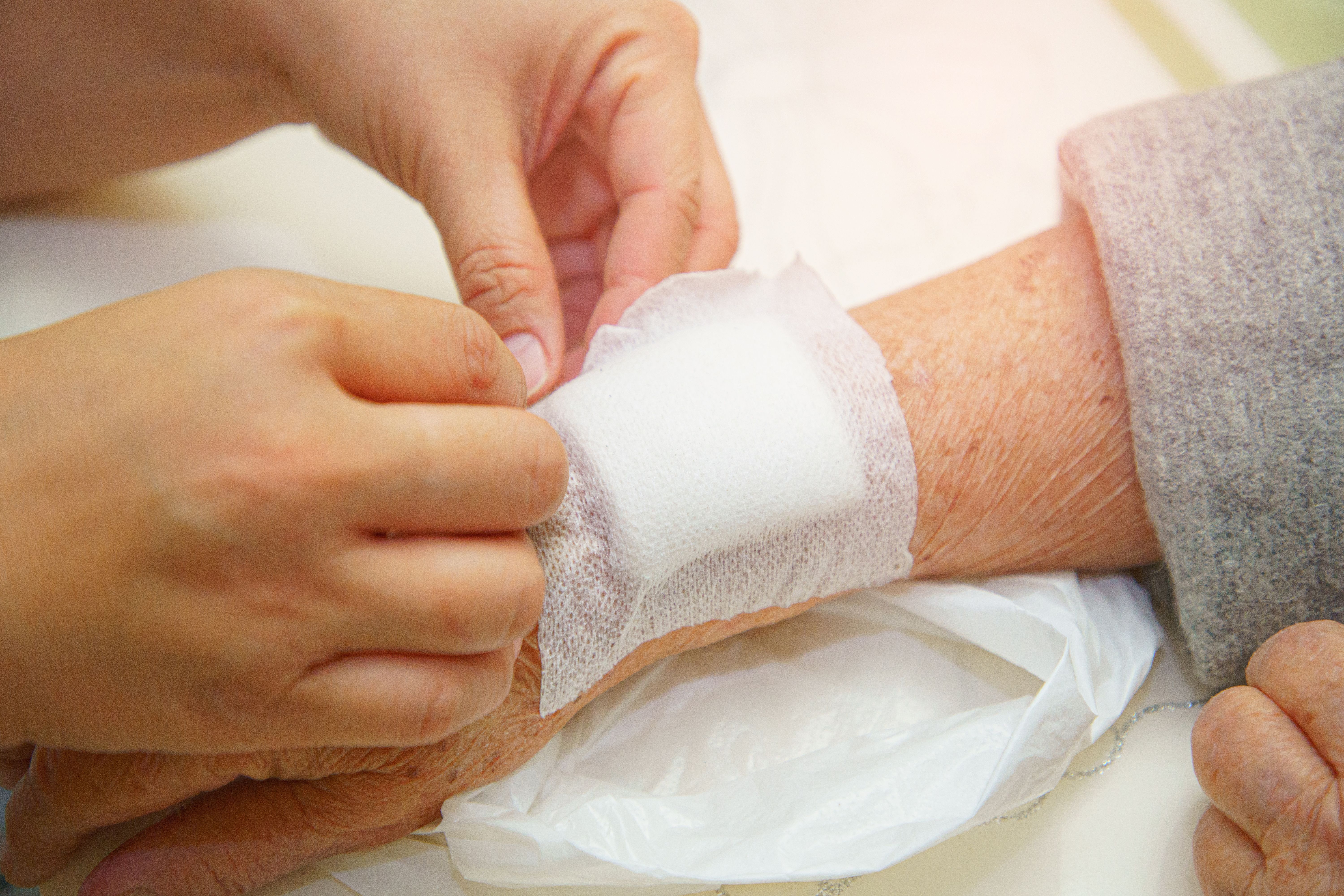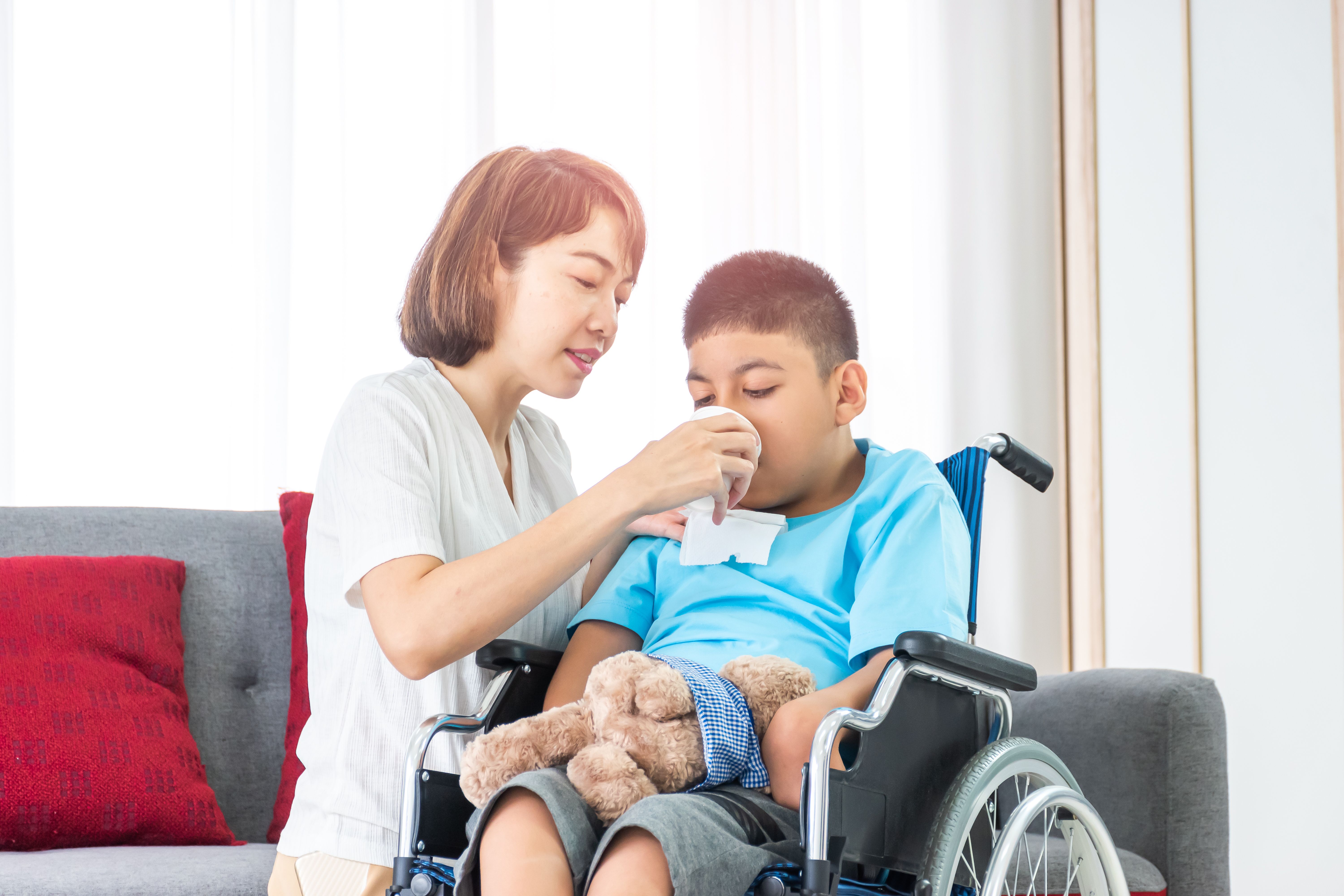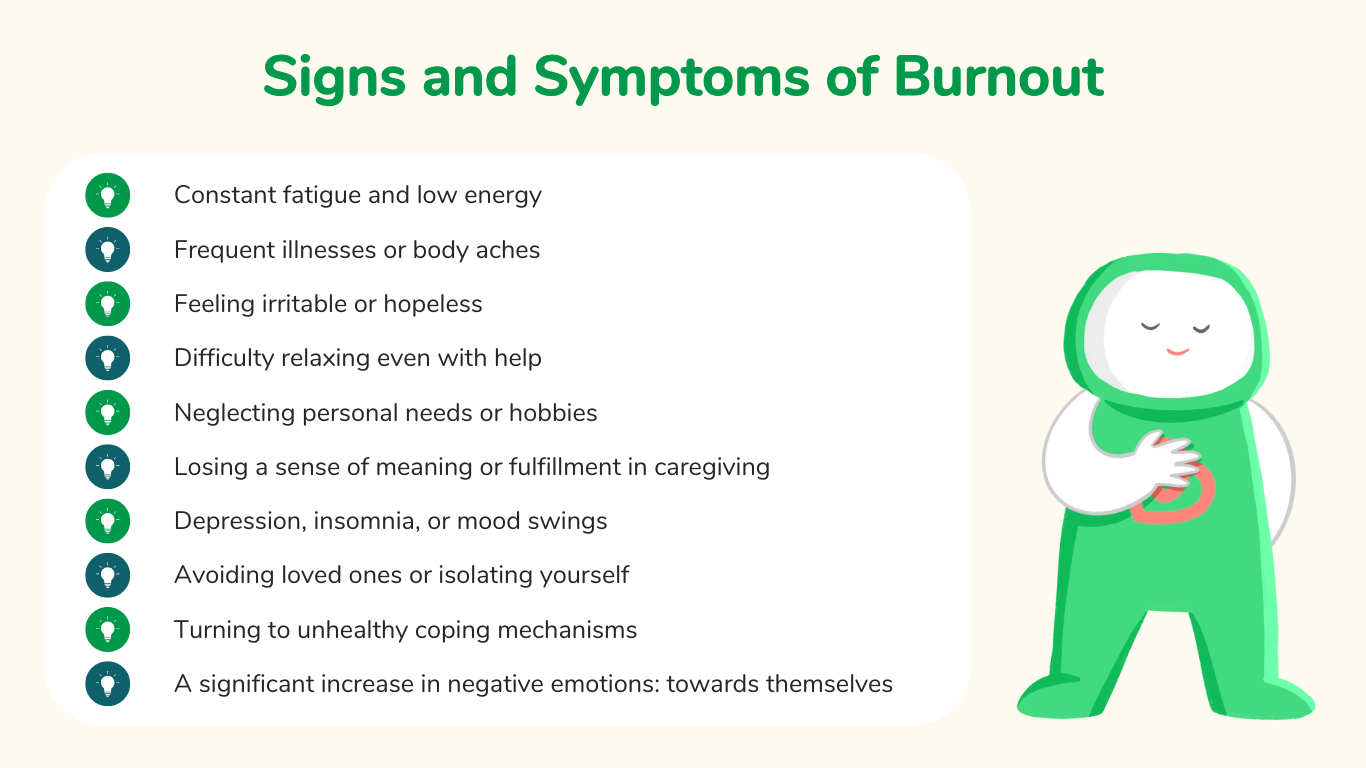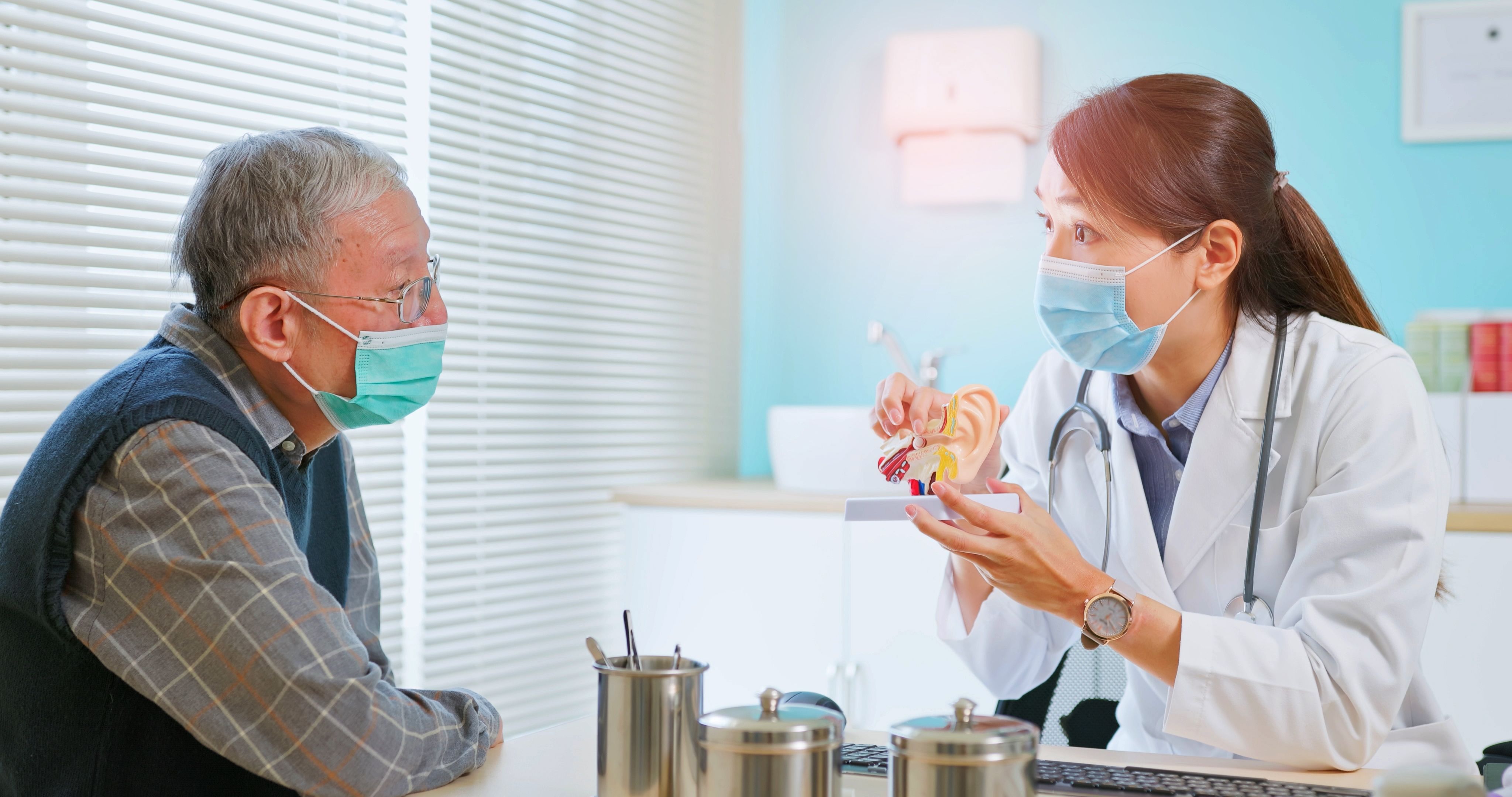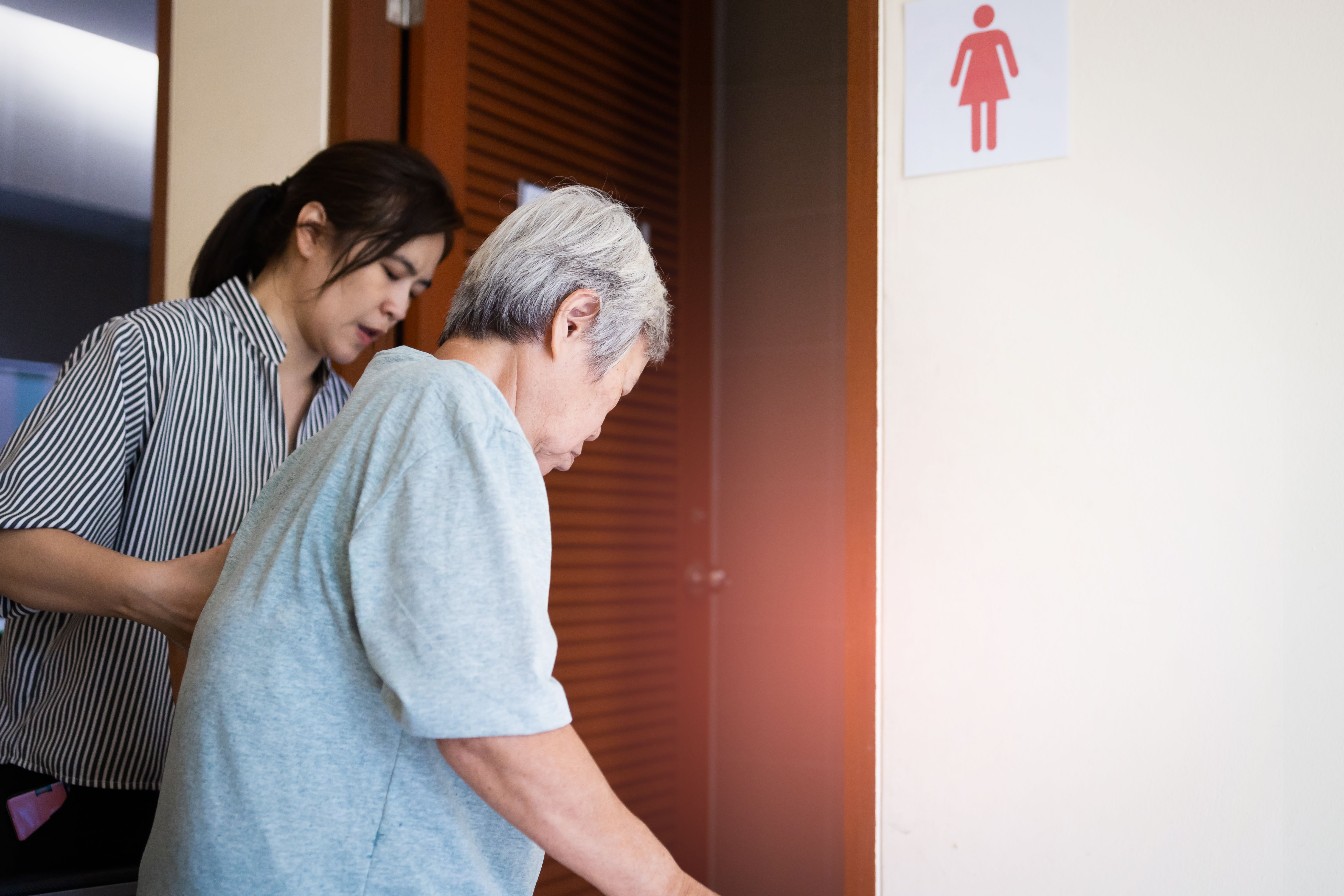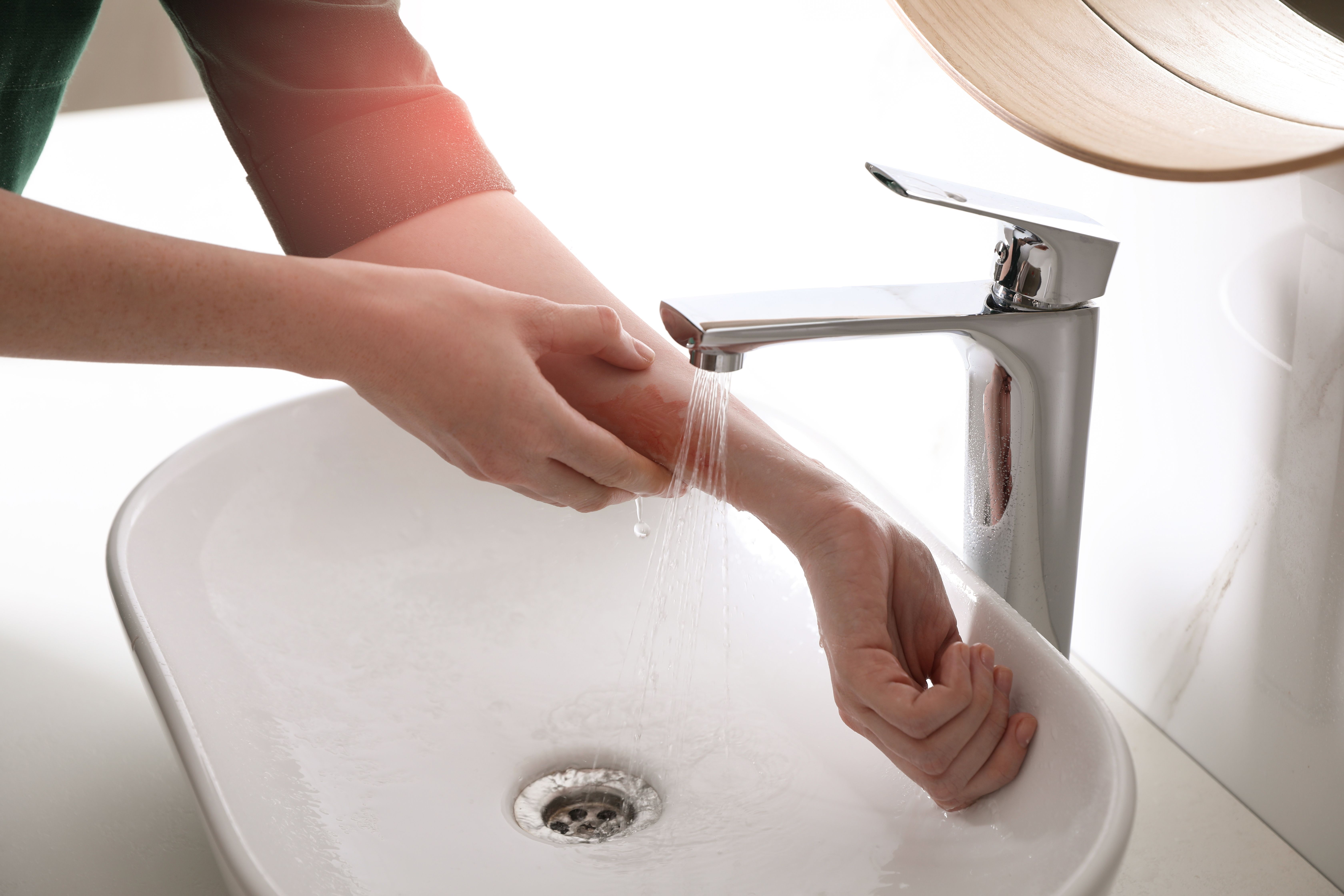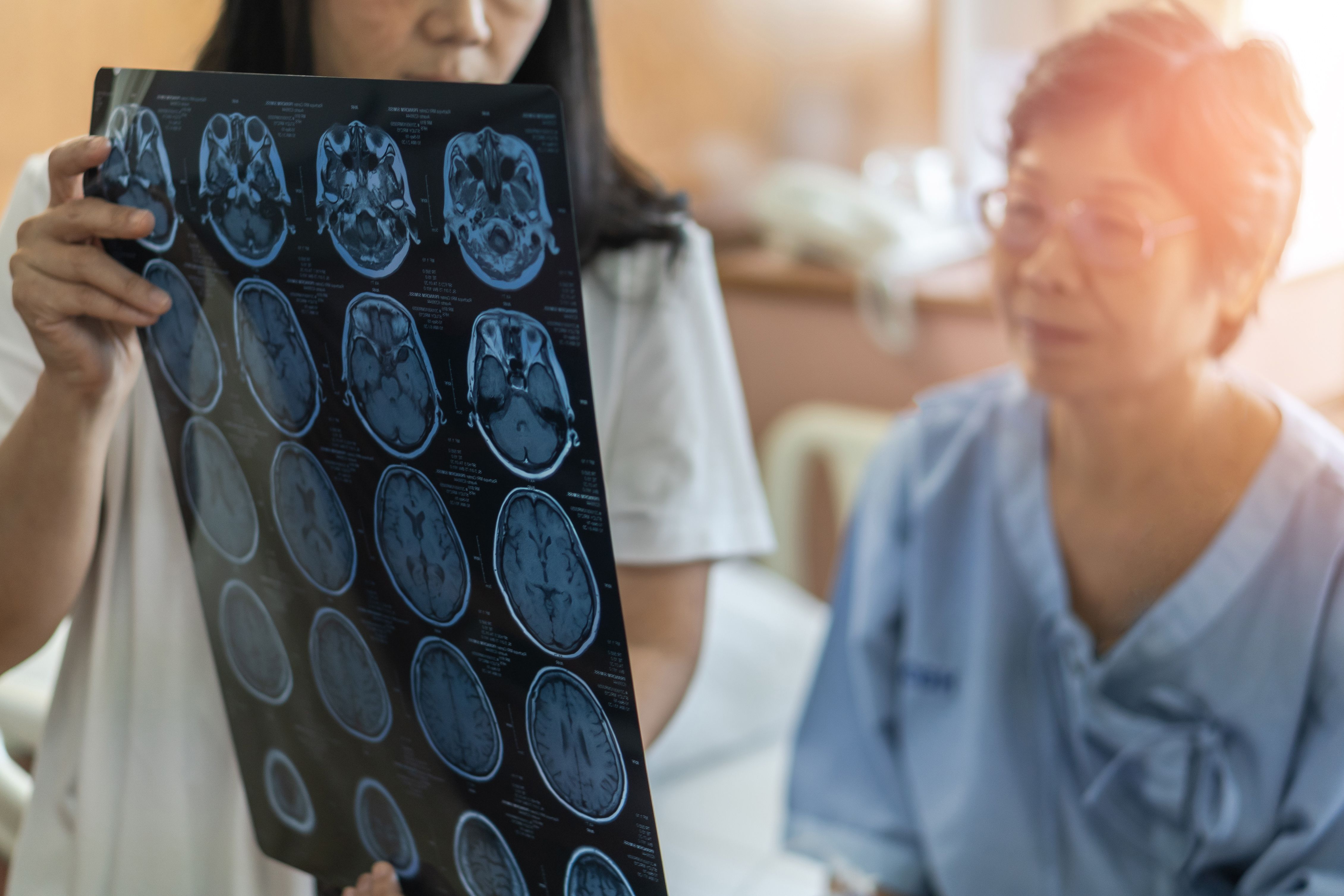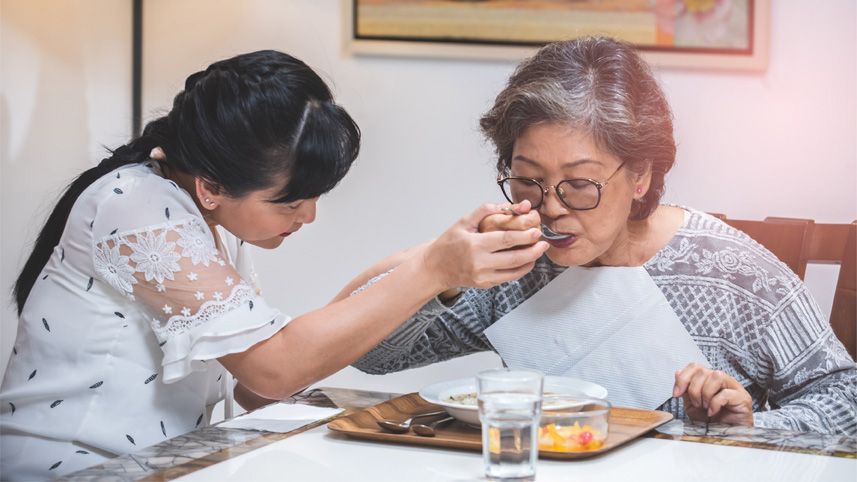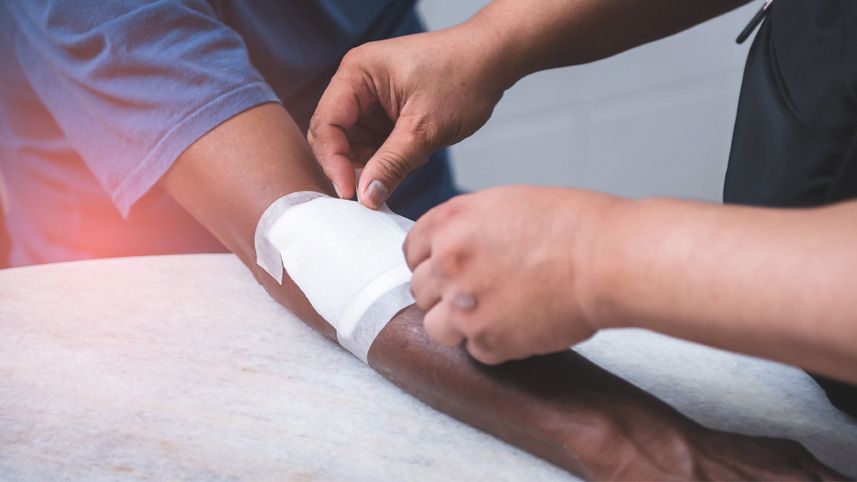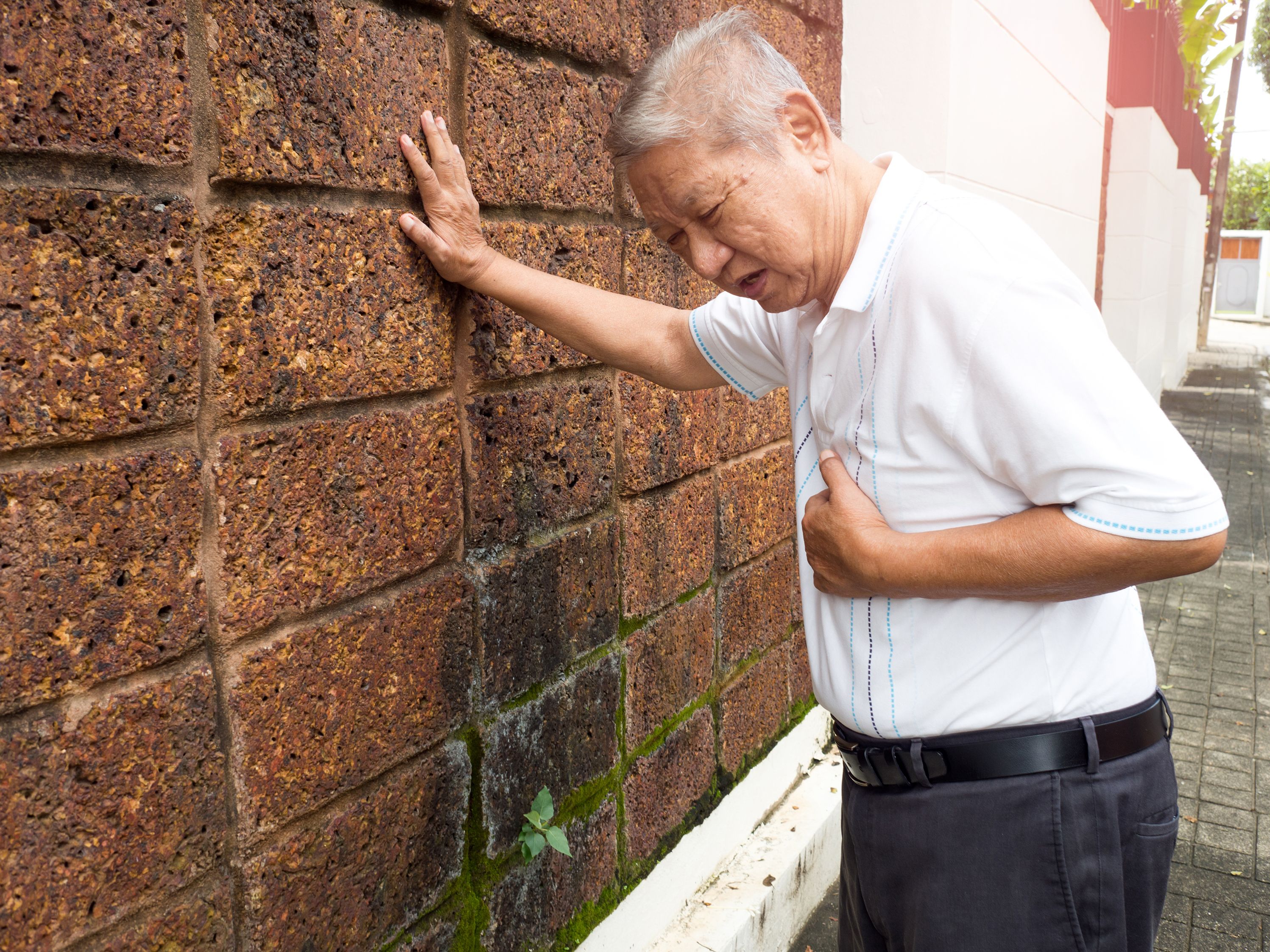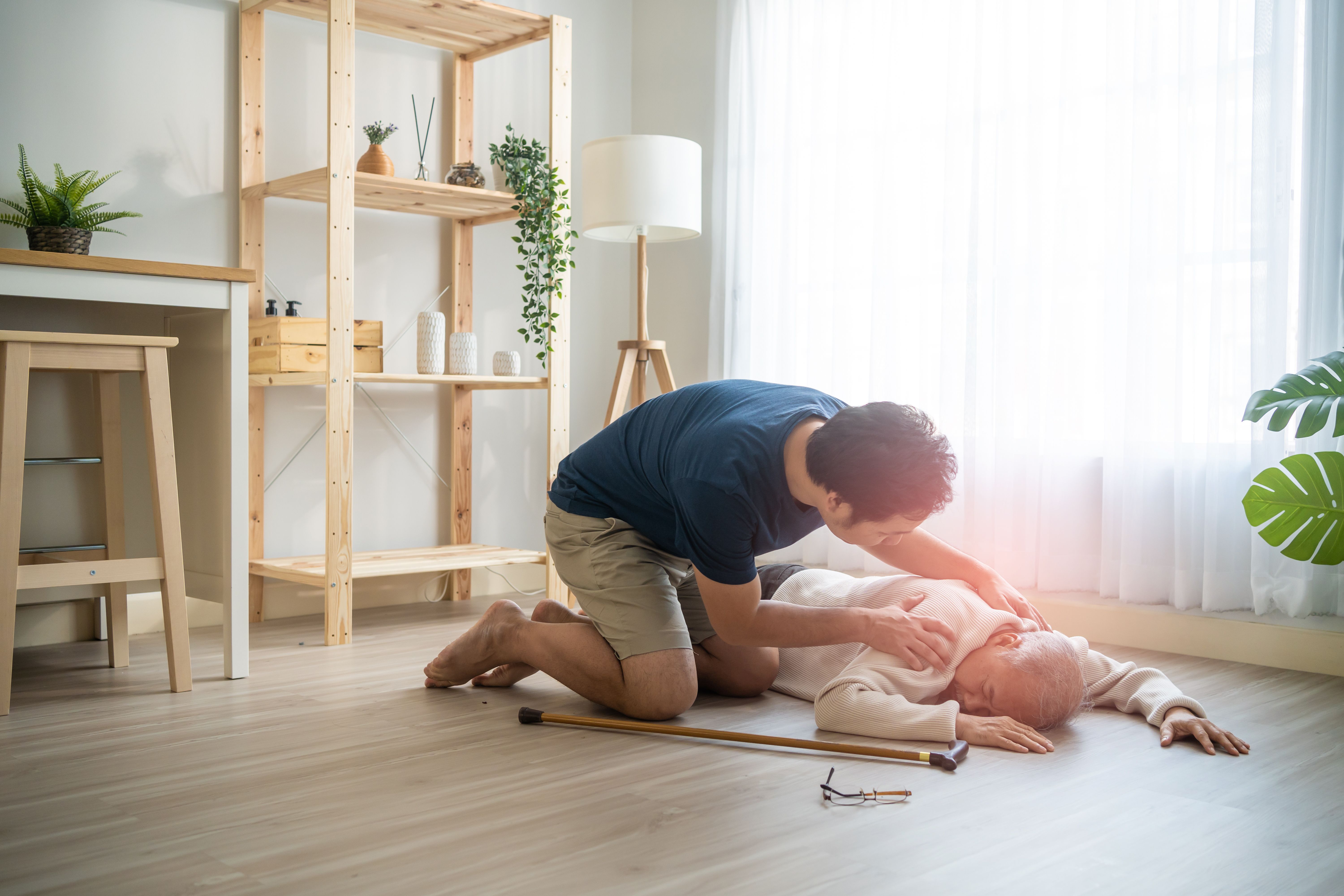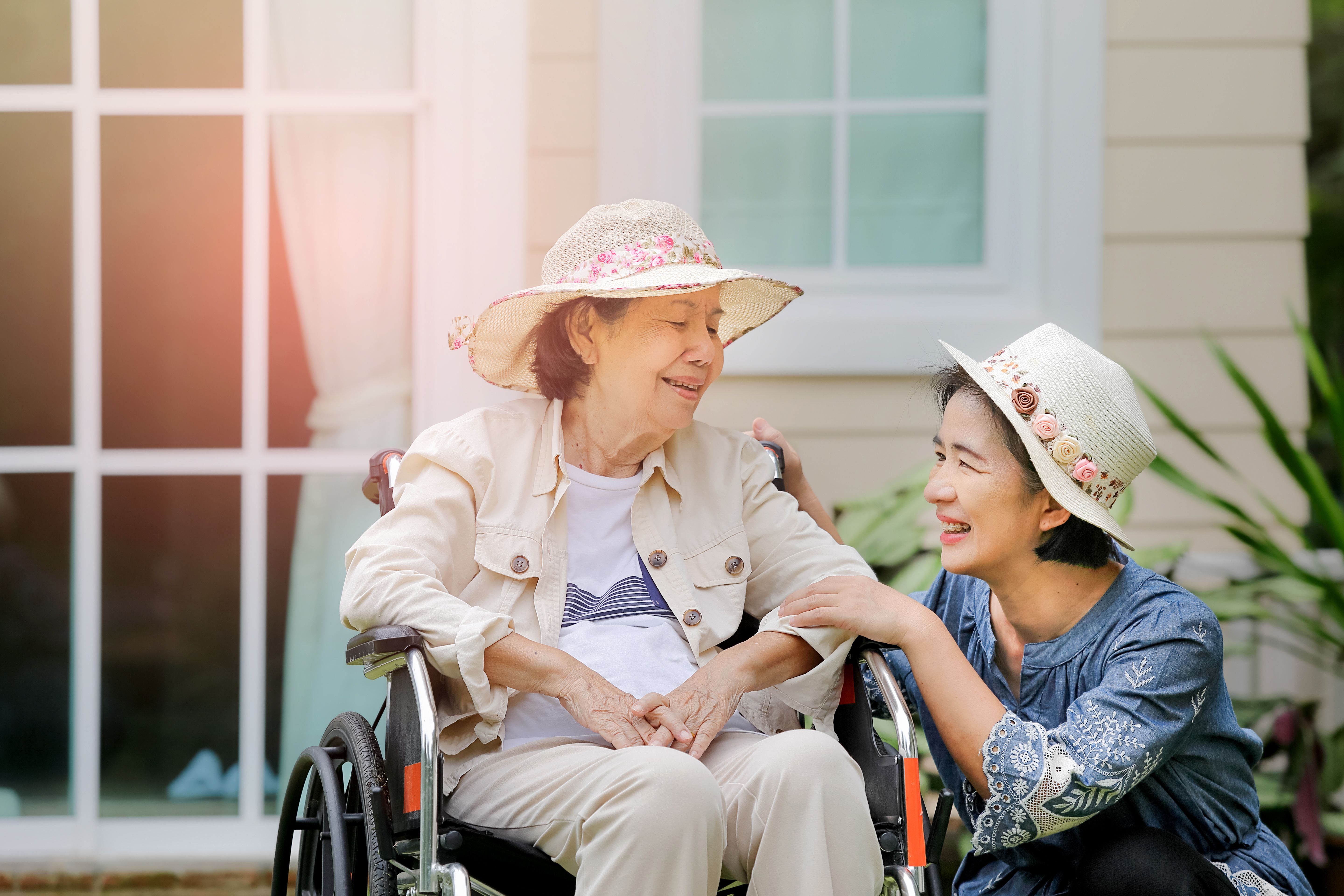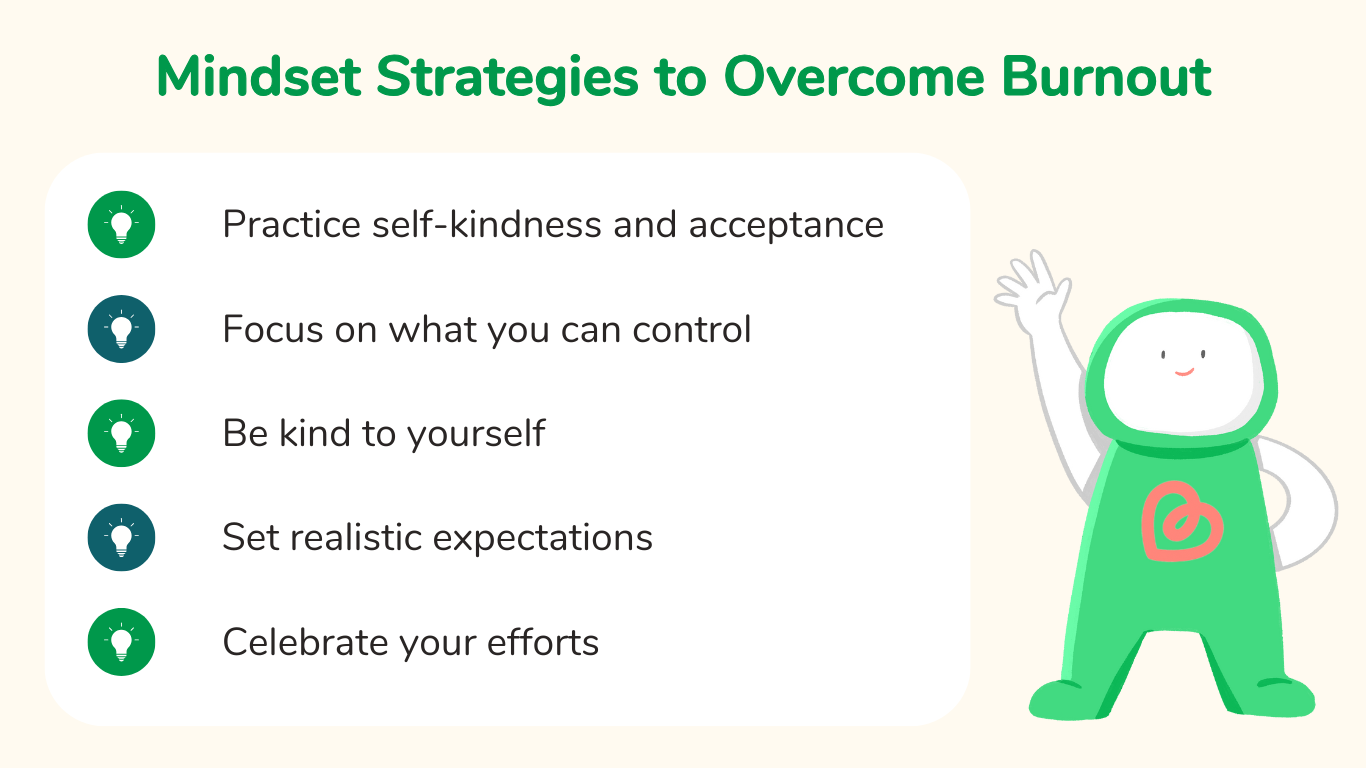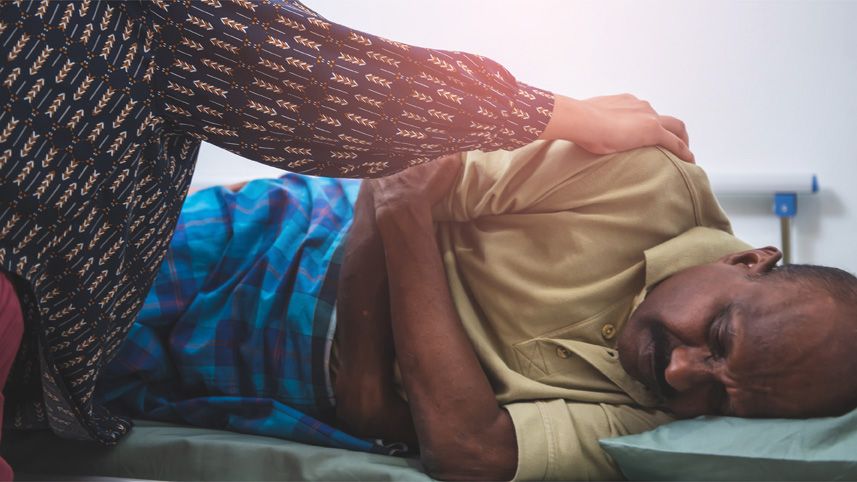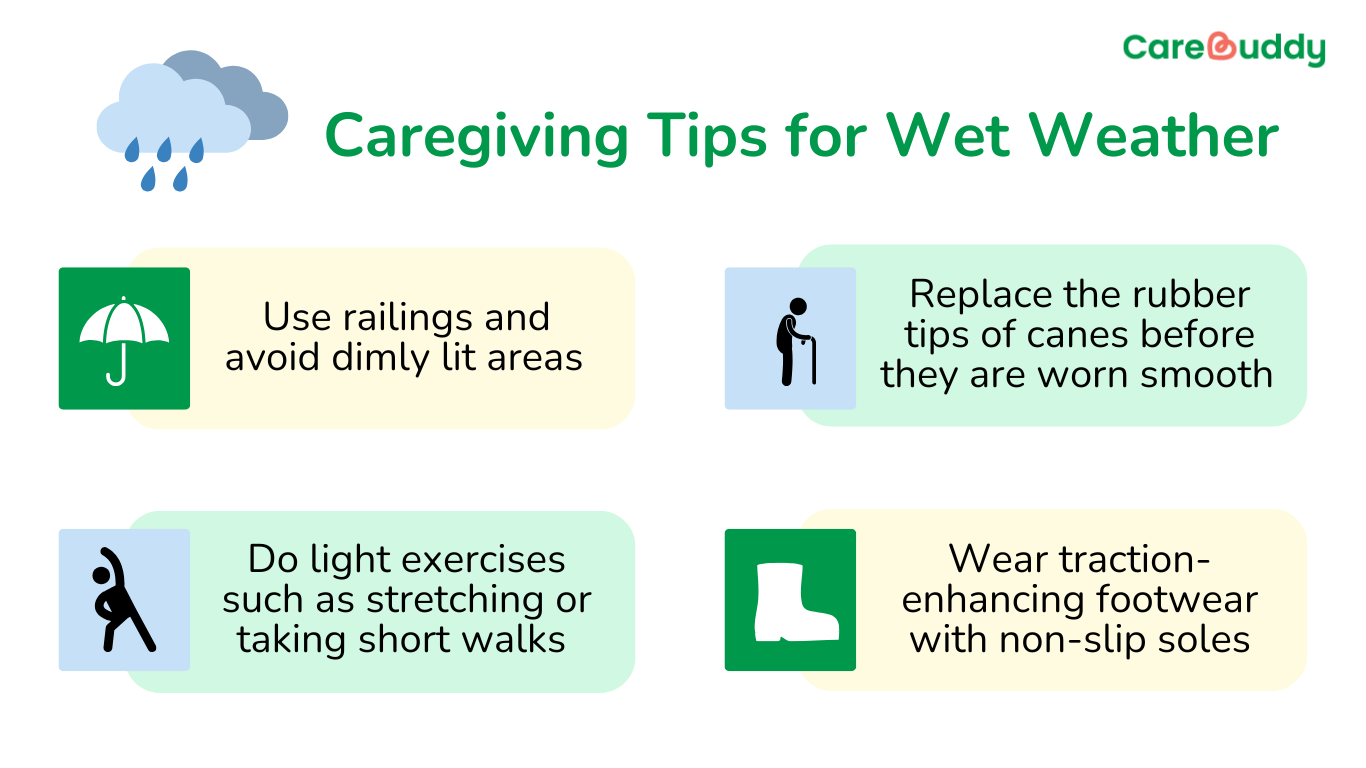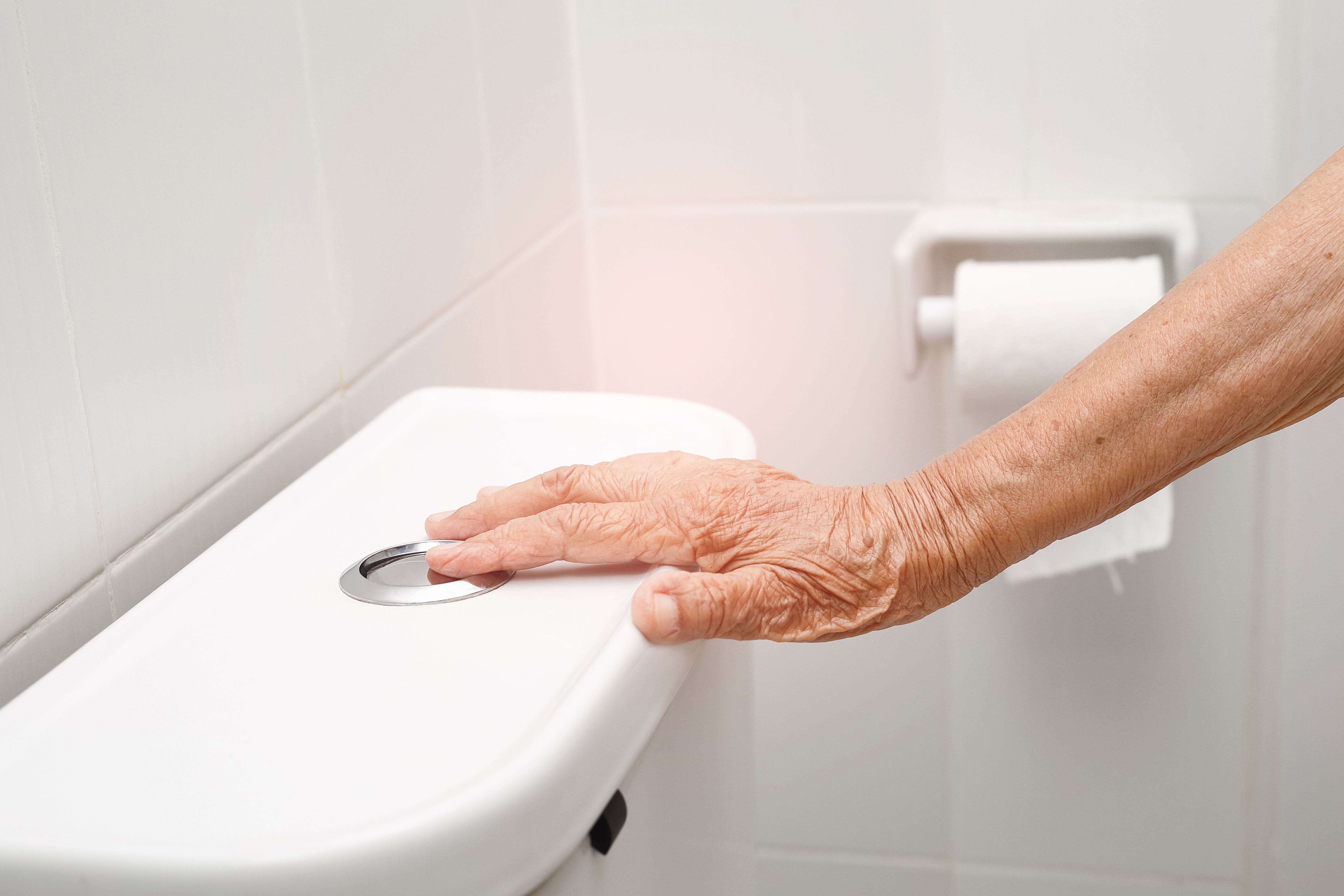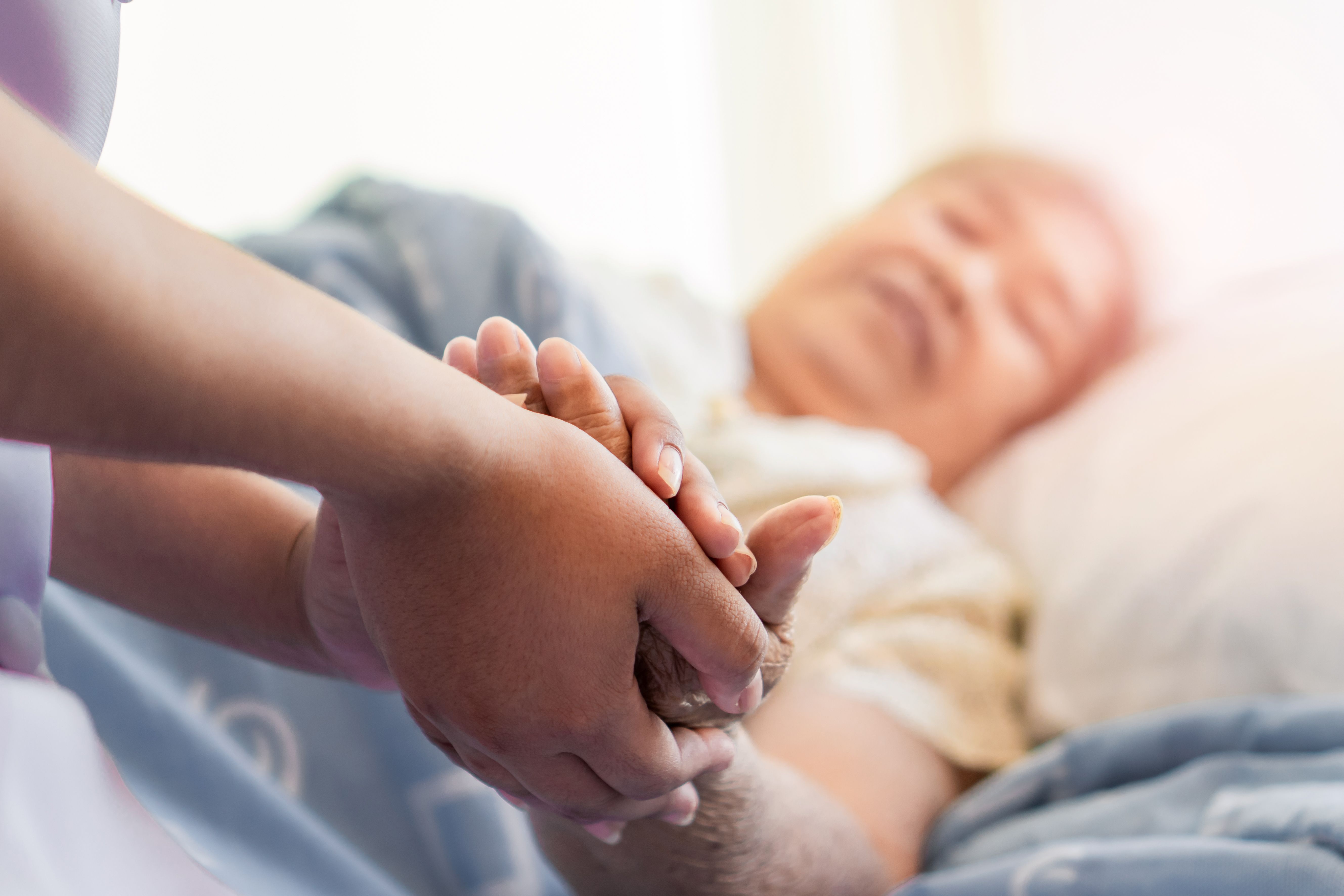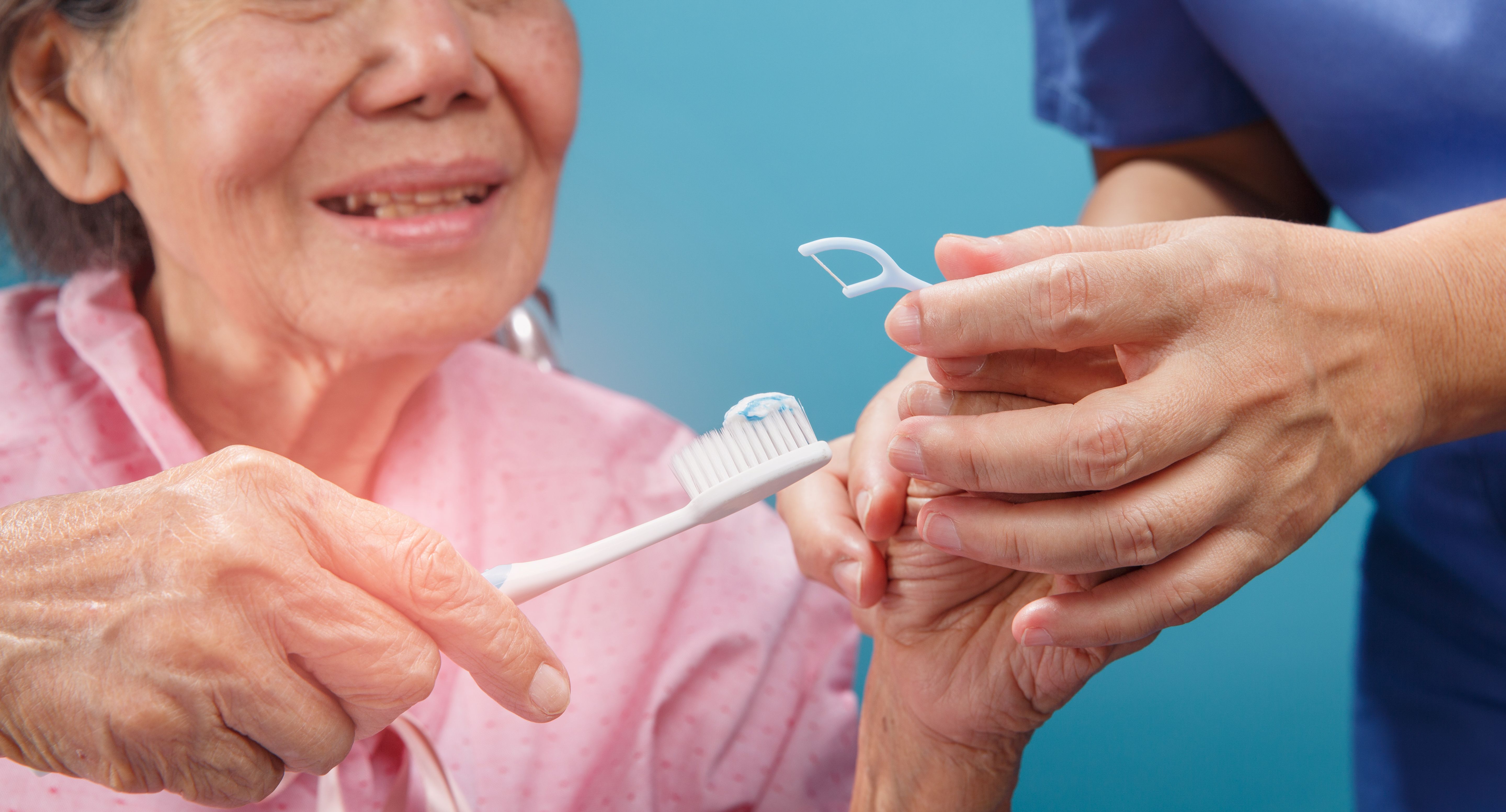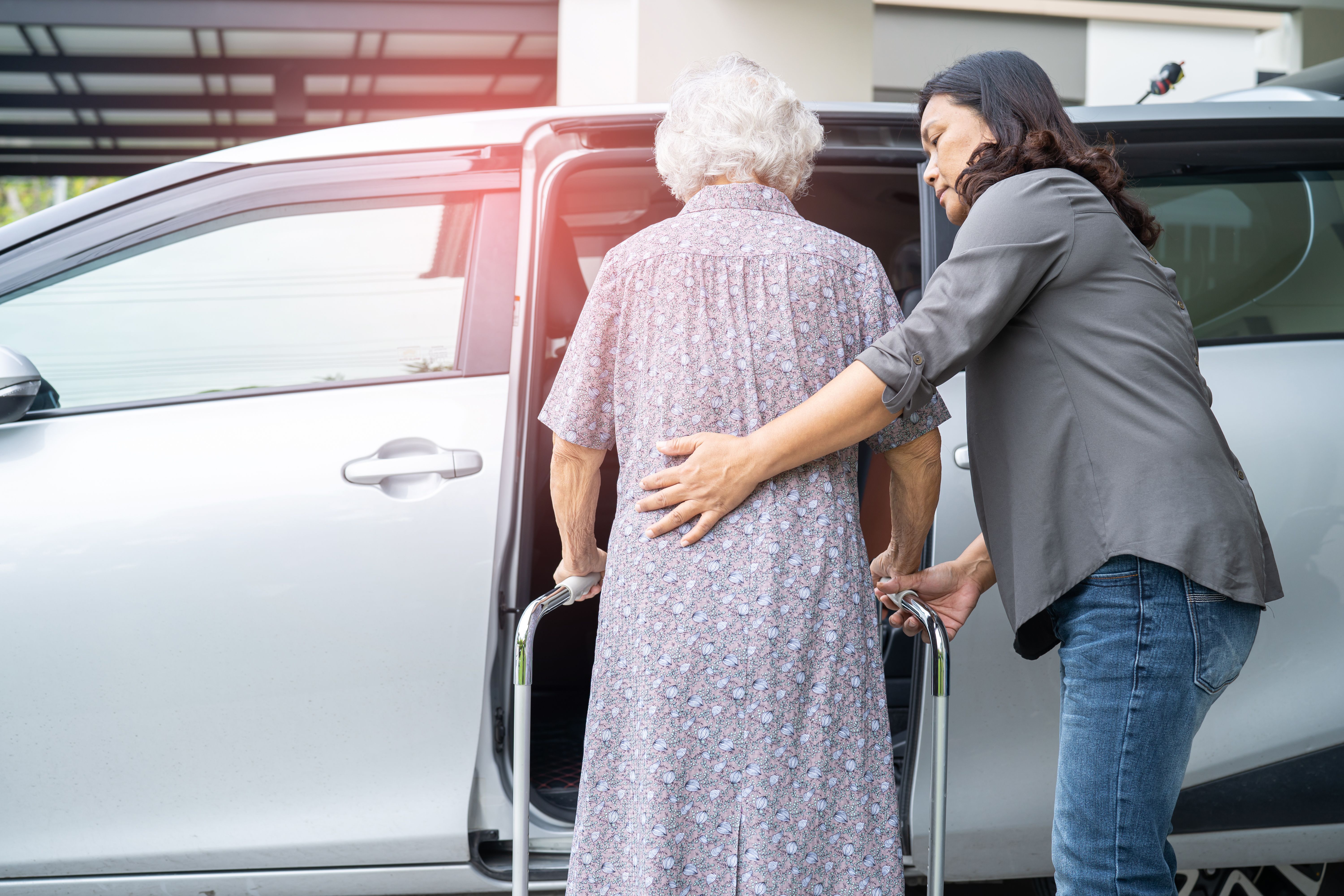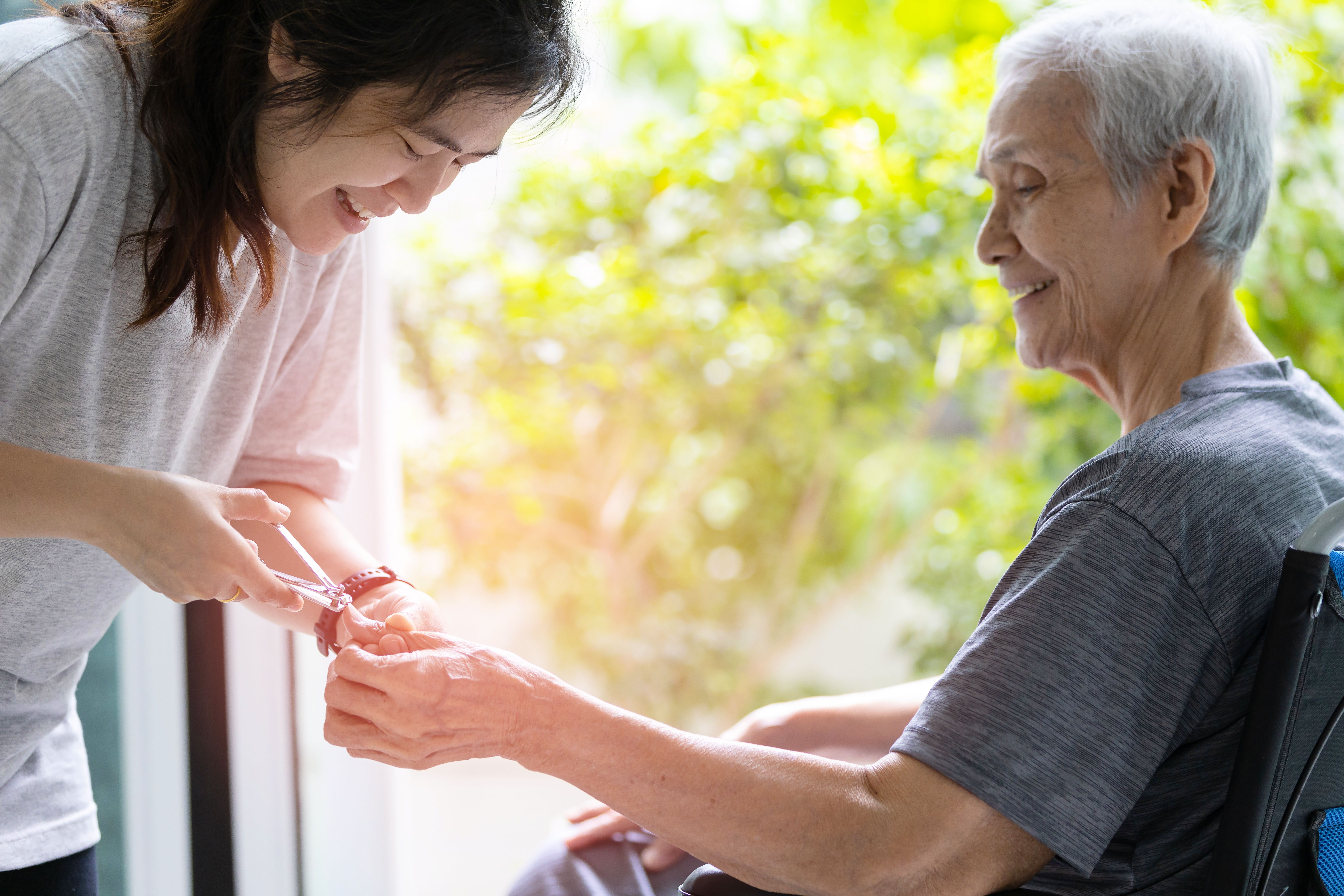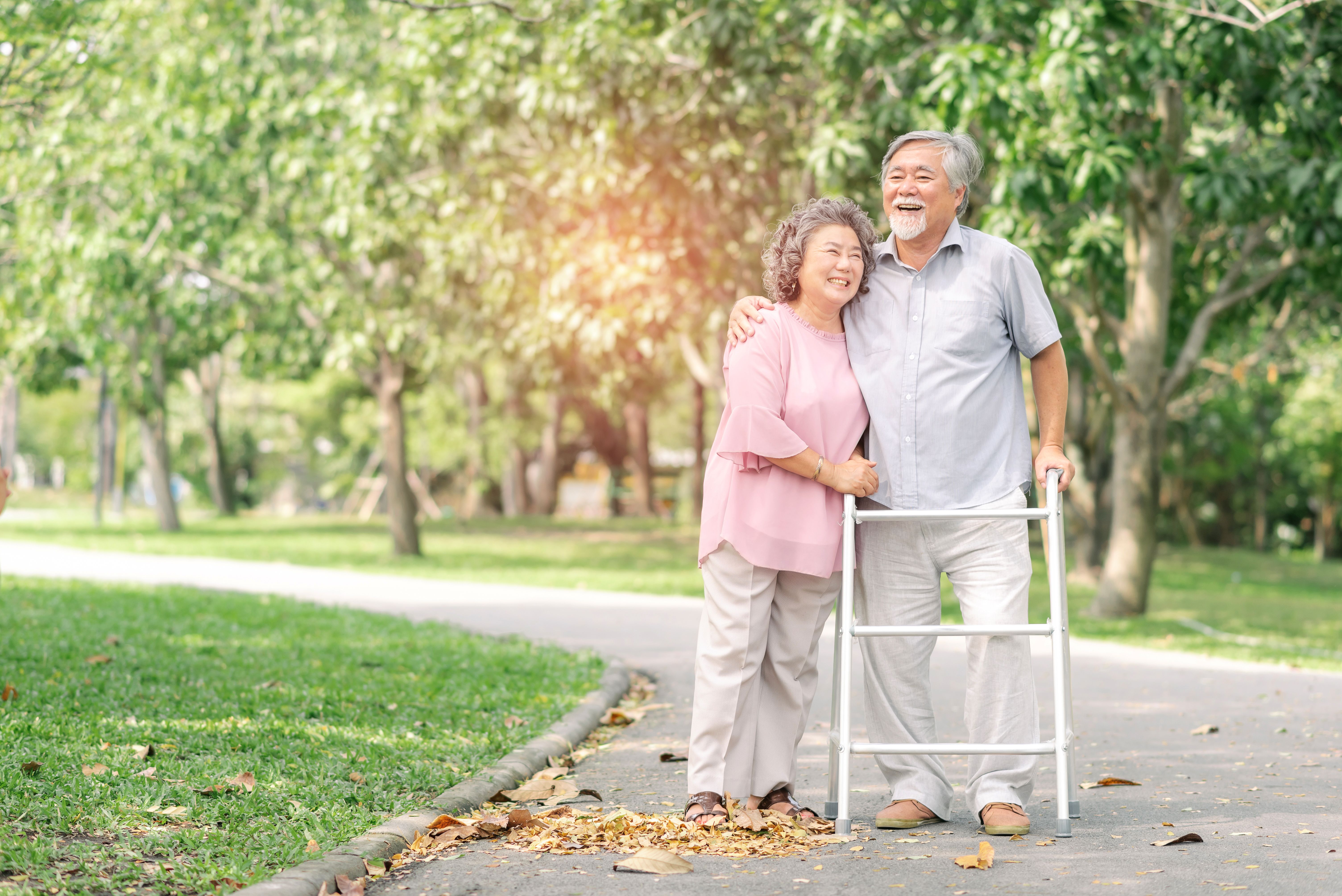Immediate action saves lives: First aid in an emergency
- CareBuddy
- 4 Mins Read
- 26 Sep 2022
- First Aid & CPR

First aid is the immediate care you provide to a care receiver when a care receiver is suddenly ill or injured, before doctors and paramedics can arrive on the scene. Often, it can be the difference between life and death. Or between serious injury and a manageable one.
Basics of first aid
- A first aider should provide only non-invasive treatment (i.e. no contact with internal organs) and should not be providing medication unless under the instructions of a doctor.
- However, appointed first aiders with duty of care within an organisation or workplace may be required to prescribed medication based on the organisation’s Standard Operating Procedures (SOP).
- While aiding a care receiver, make sure you protect yourself from any infectious diseases by wearing surgical masks and gloves.
Primary survey
The aim of primary survey is to rapidly identify and manage any life-threatening conditions a casualty may have using the following 6 steps (DRSABC):
DANGER: Check for any danger in the immediate environment and find out the mechanism of injury as this may helps to identify the extent of injuries.
RESPONSE: Check care receiver’s responsiveness by asking, “Hello, hello, are you ok?” and tapping or pressing their shoulders if necessary.
SHOUT: Get Help and call 995 for emergency medical services.
AED: Fetch an Automated External Defibrillator (AED).
BREATHING: Look for normal breathing.
CHEST COMPRESSIONS: If there’s no breathing, start CPR by performing continuous chest compressions and apply an AED.
- If care receiver is unresponsive but breathing normally, continue to monitor regularly and perform a Rapid Body Survey.
Rapid Body Survey (RBS)
An RBS is a quick head to toe examination of the body to look for and manage any external bleeding and deformities at (performed in sequence):
- Head and neck
- Chest and abdomen
- Back, pelvic and lower extremities
- Upper extremities
Arrest any bleeding, cover wounds and immobilize fractures found.
Secondary survey
The secondary survey is used after a primary survey has been done and where the care receiver is not in any immediate danger. Pass over the information collected to the paramedic who are taking over the care of the care receiver.
- History
- Vital signs
History
- Chief compliant - what did the care receiver/family member say?
- Confirm chief complaint and mechanism of injury as determined by primary survey such as location and description of injury and nature of pain.
- Collect medical history: Allergies, Medications, Previous health and History of illness.
Vital signs
While waiting for the ambulance:
- Monitor vital signs to check the care receiver’s responsiveness, whether the pulse rate remains at 60-100 beats per minute and the breathing rate remains at 12-20 breaths per minute, is regular and not labored.
- Continue to reassure care receiver.
When ambulance arrives
- Provide a summary of what happened and the first aid rendered:
- Care receiver’s name
- Time and place of incident or illness
- Description of incident or illness
- First aid rendered
- Vital signs
- Caregiver’s name
- Assist in any way during transfer or transport to hospital.
- Your workplace may require you to provide a written report according to the workplace’s reporting process.
MyResponder app
What if you want to provide first aid to those in distress but you don’t know where and who they are? There’s an app for that!
The myResponder App from the Singapore Civil Defence Force (SCDF) alerts you to medical and fire emergencies within 400m, highlights nearby AEDs and also lets you call 995 from the app.
Download the myResponder app at https://apps.apple.com/sg/app/myresponder/id983494391 or https://play.google.com/store/apps/details?id=sg.gov.scdf.RescuerApp
Article reviewed by David Tay, Senior Principal Educator (Nursing and Prehospital Care), HMI Institute.
